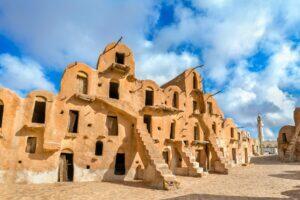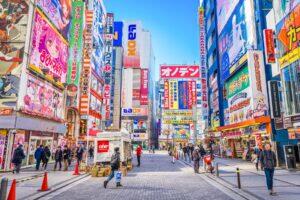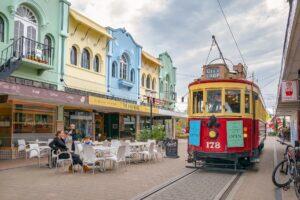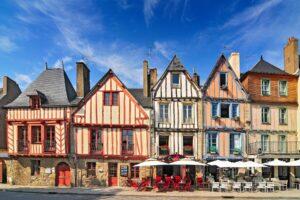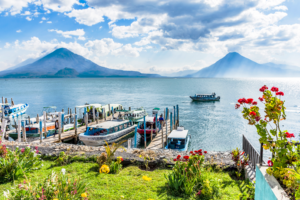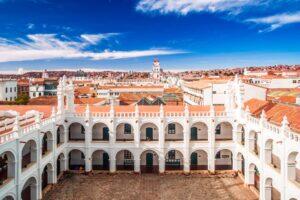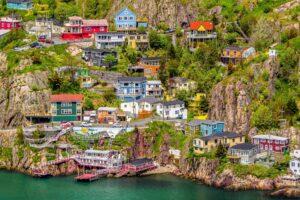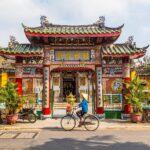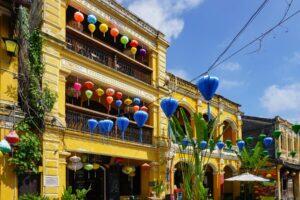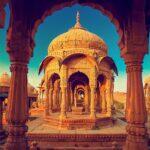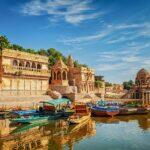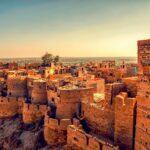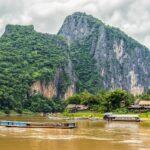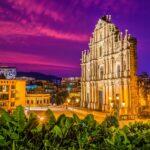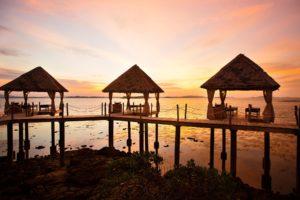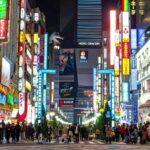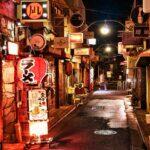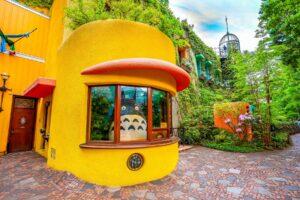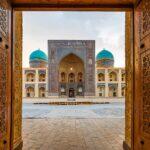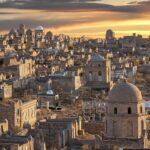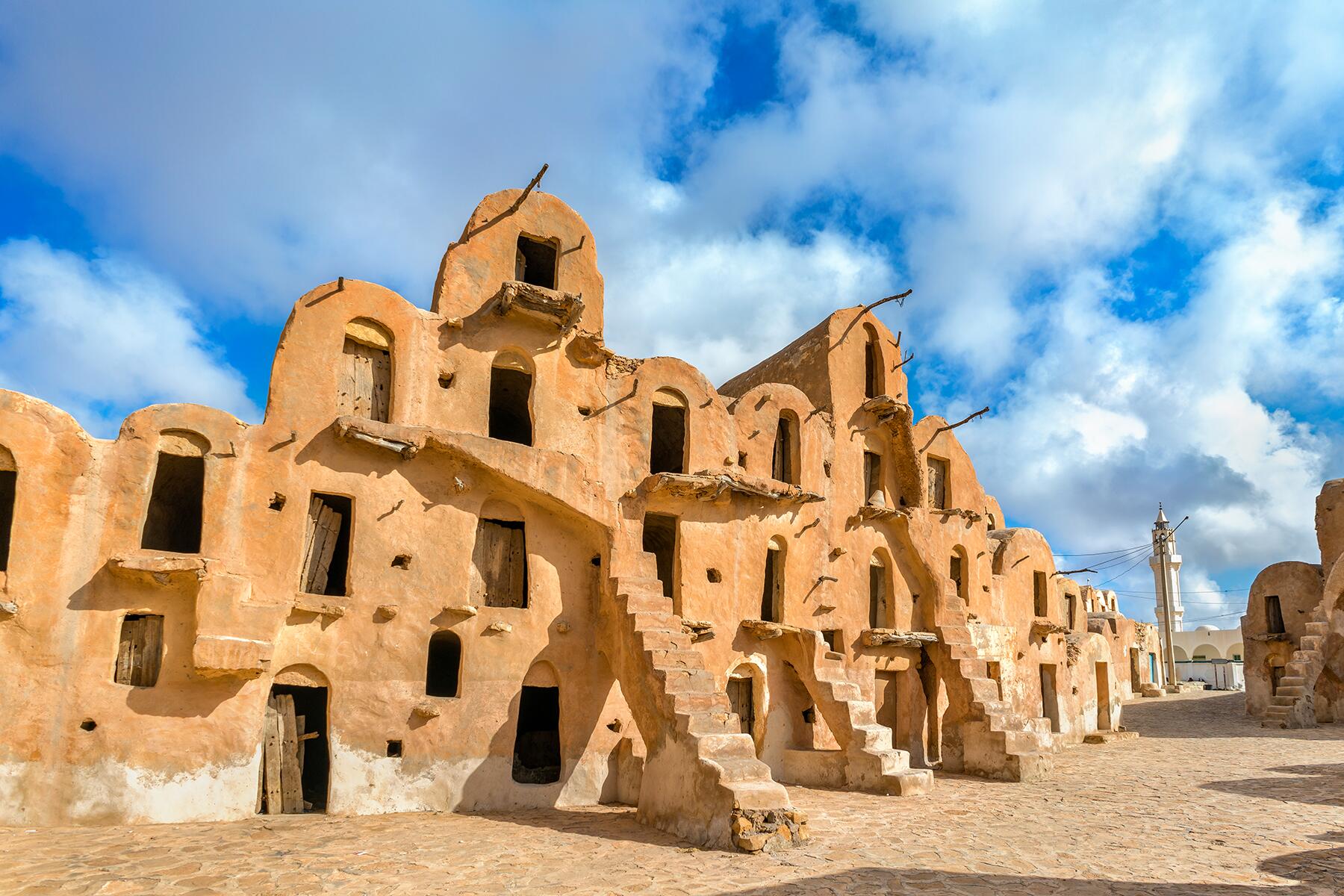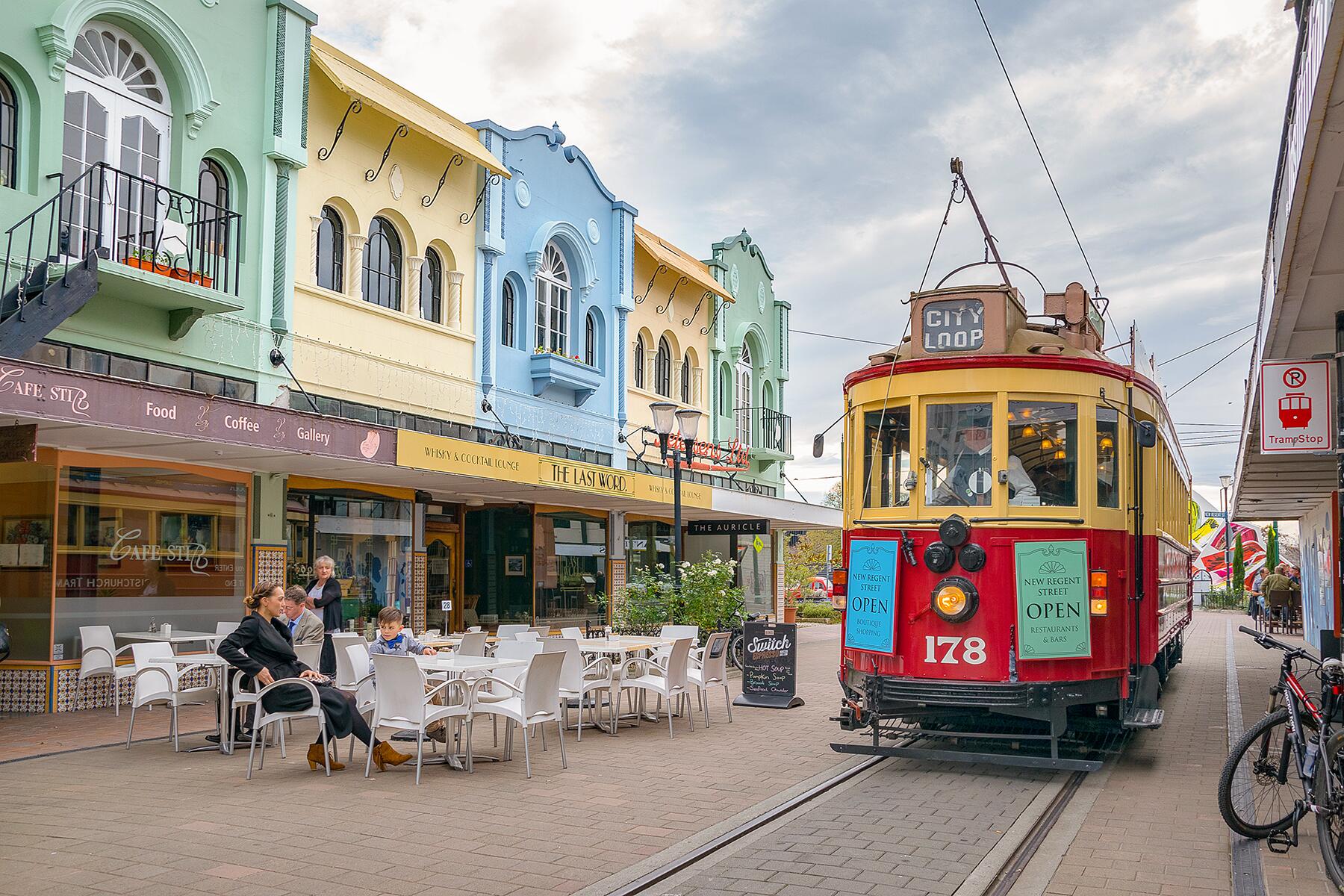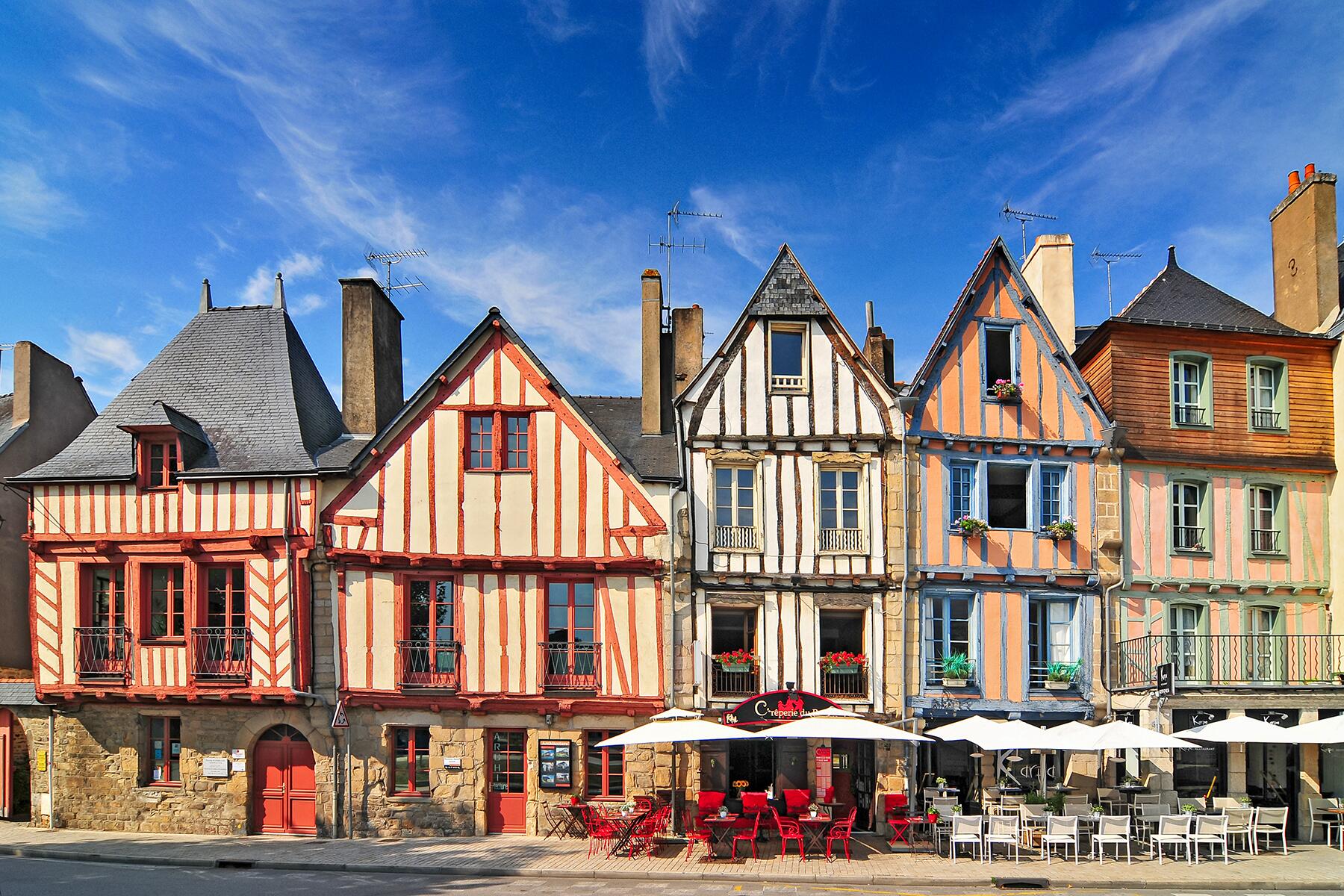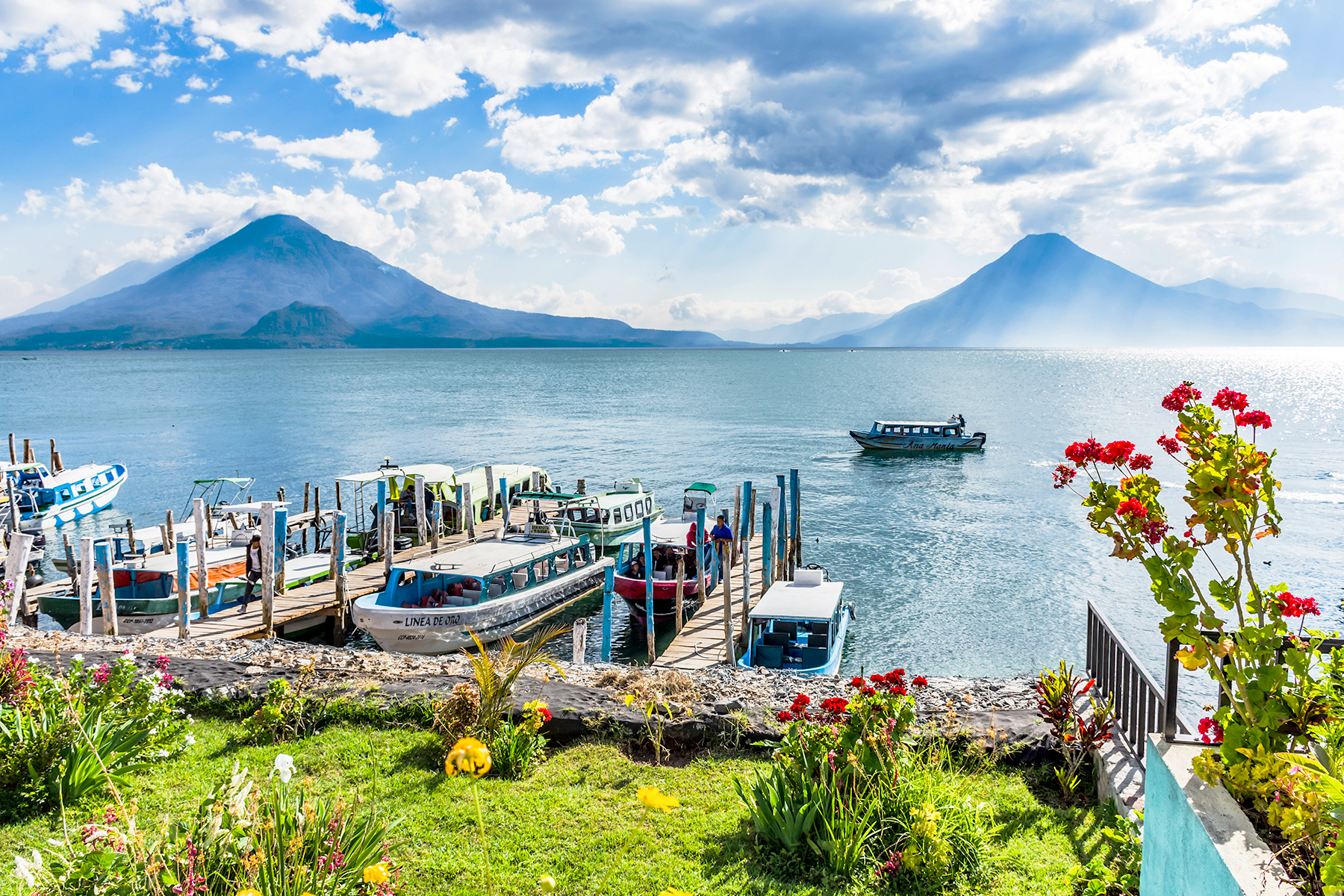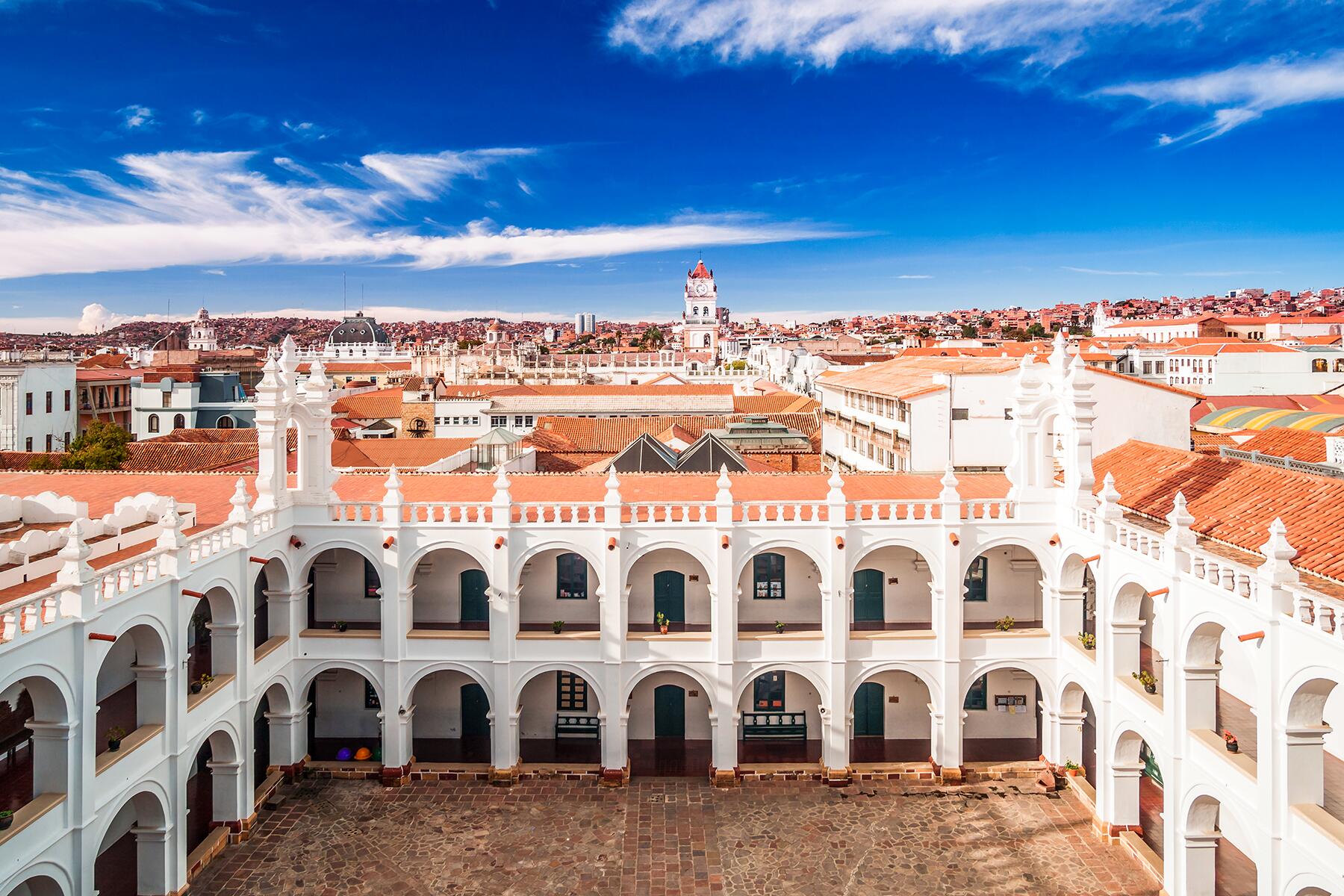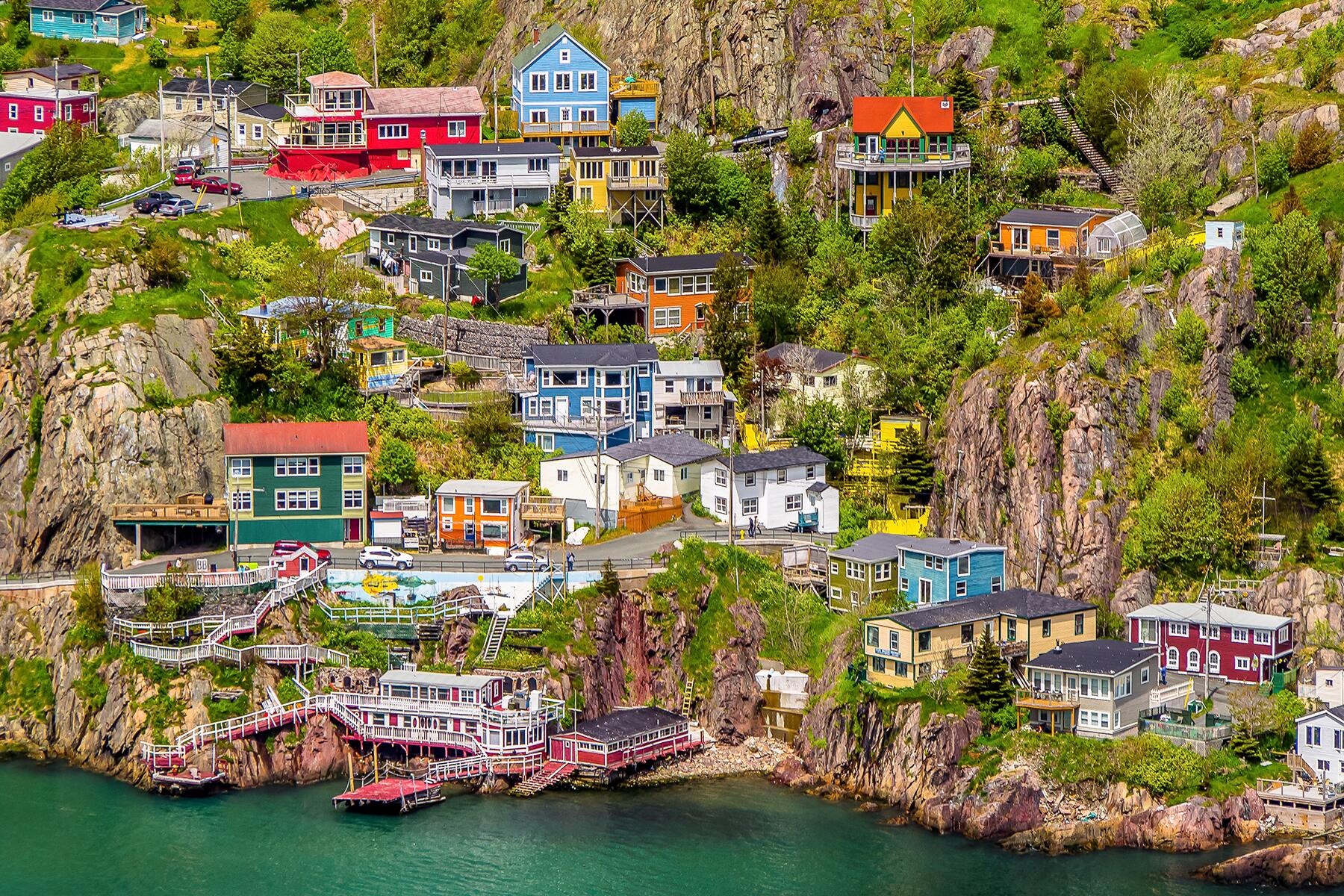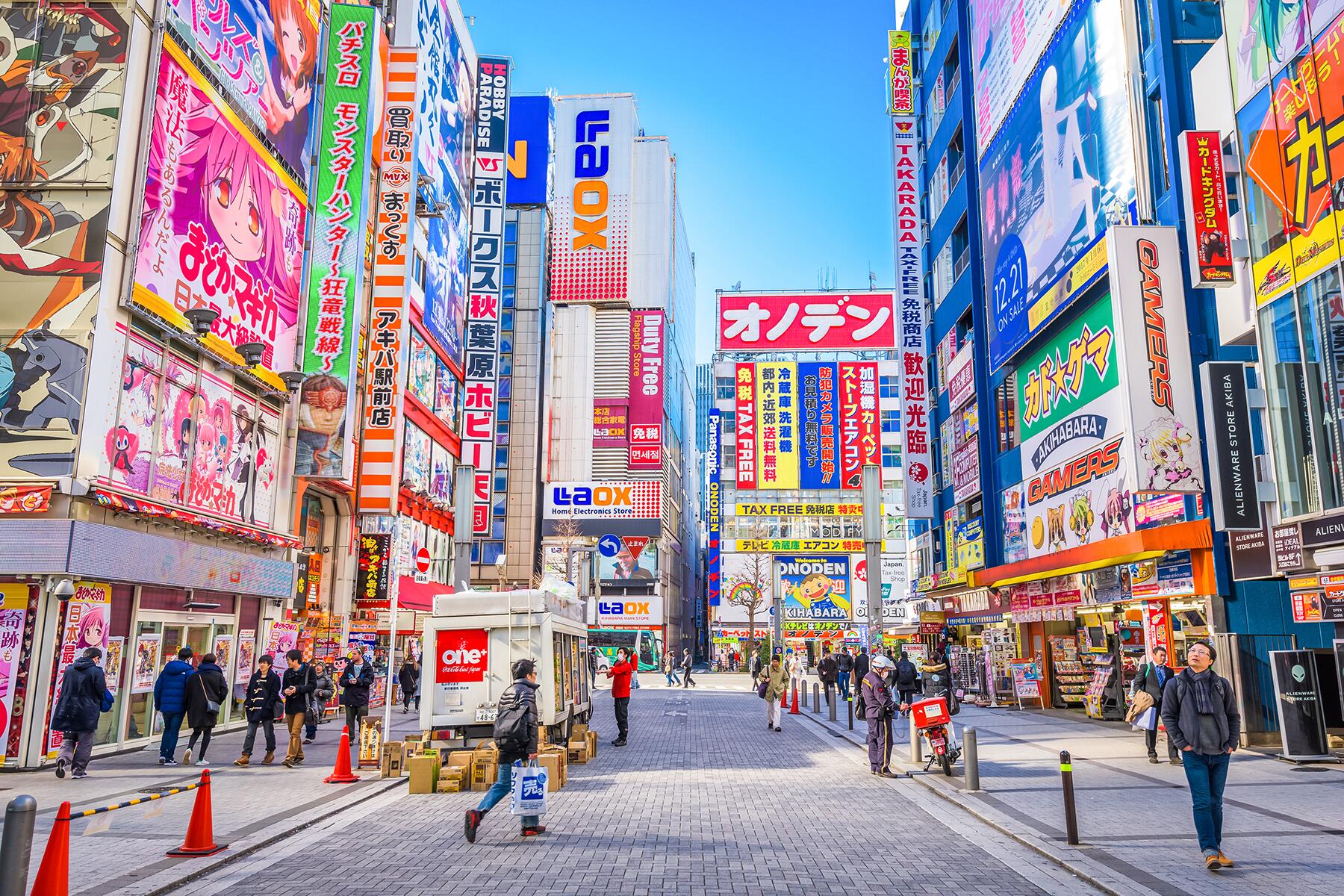
Asia
Top places to go in Asia in 2020
Expand Full List
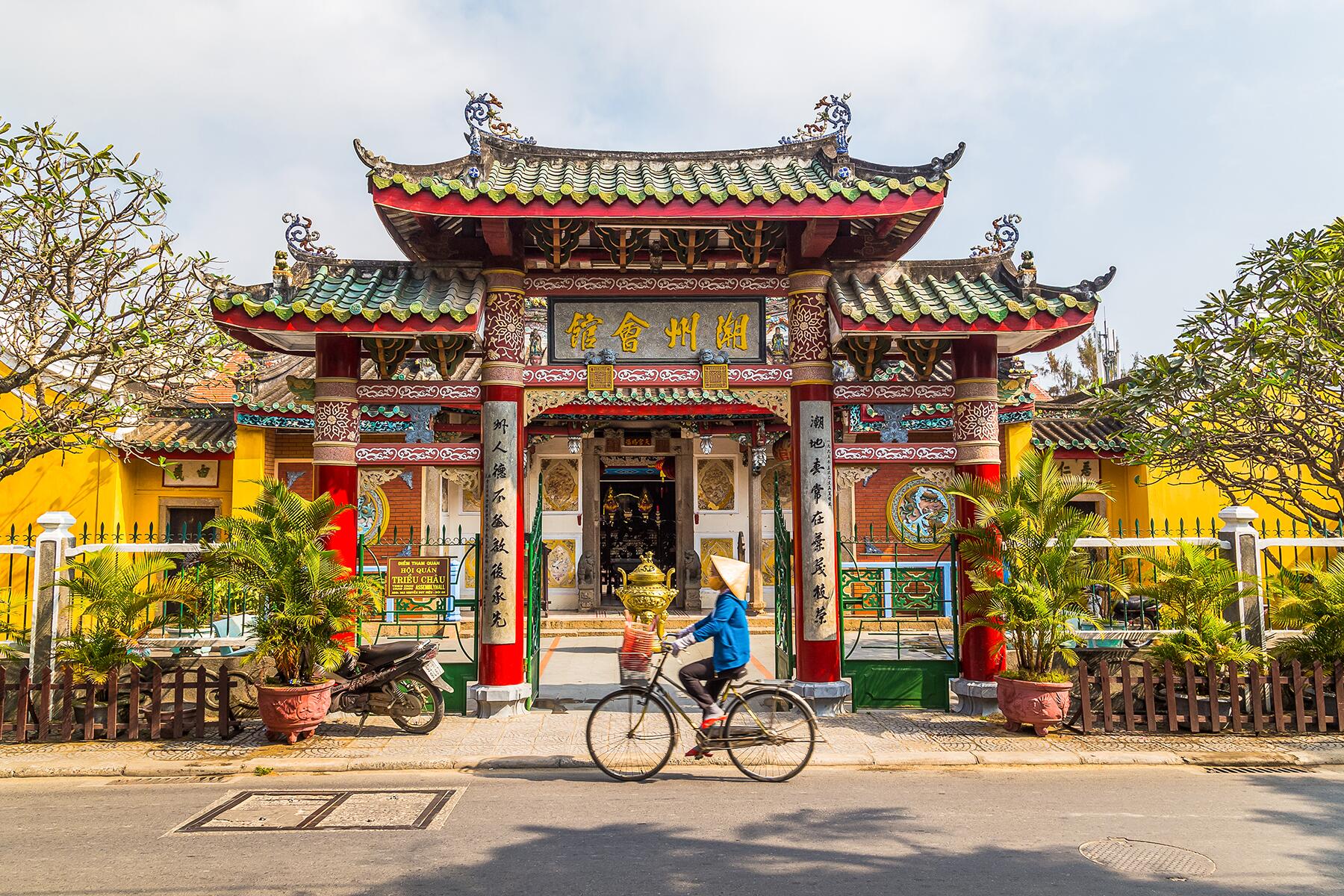
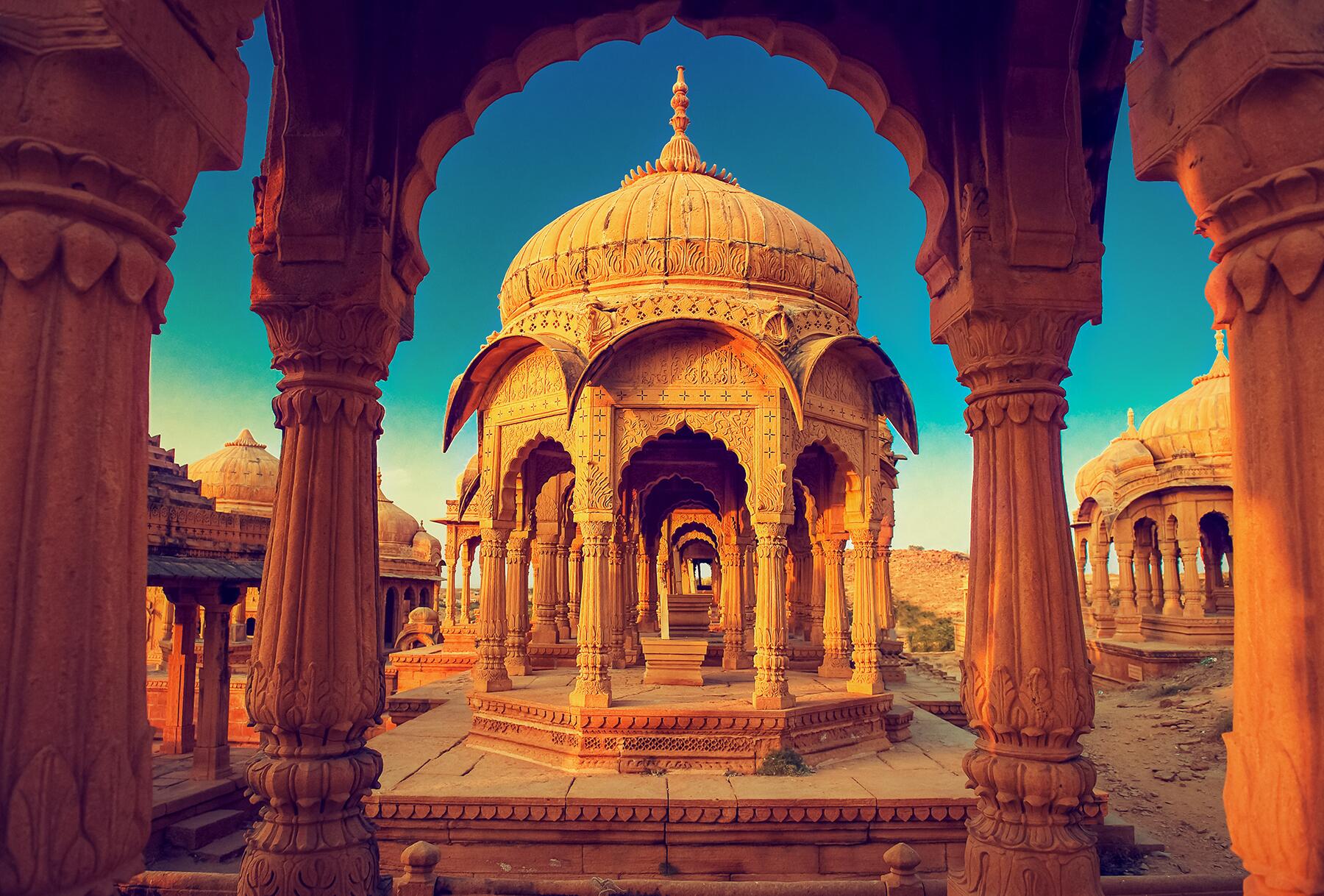
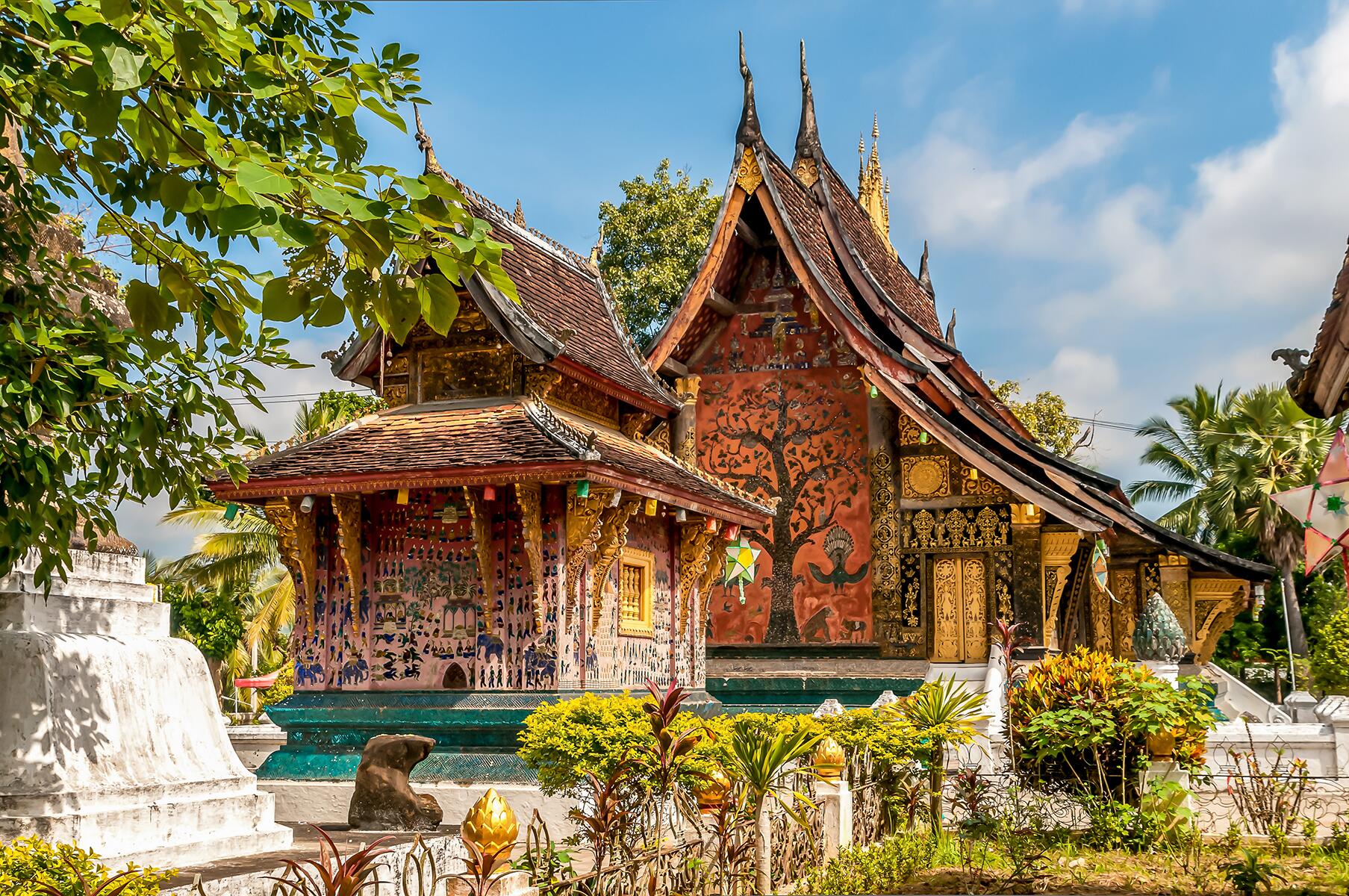
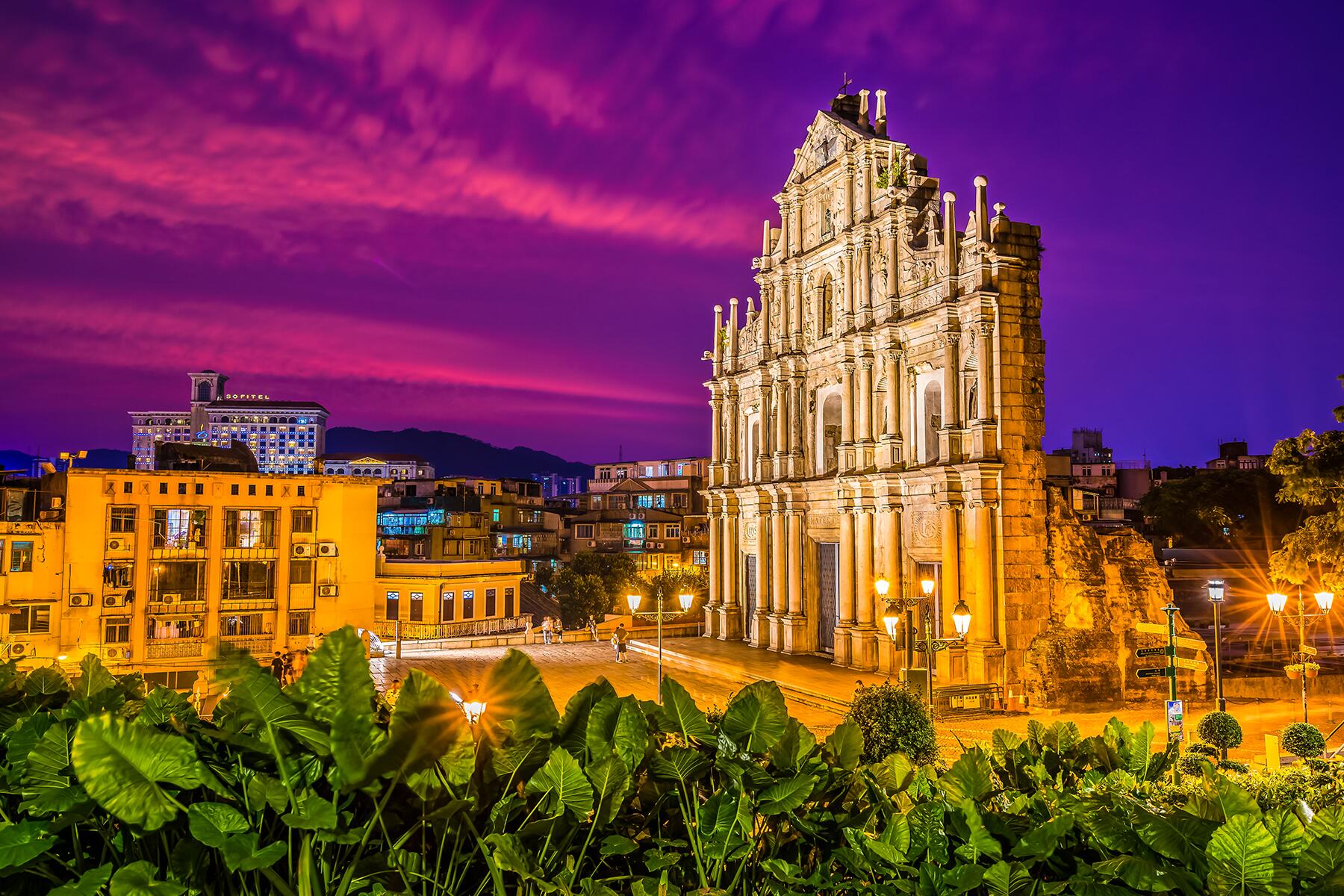
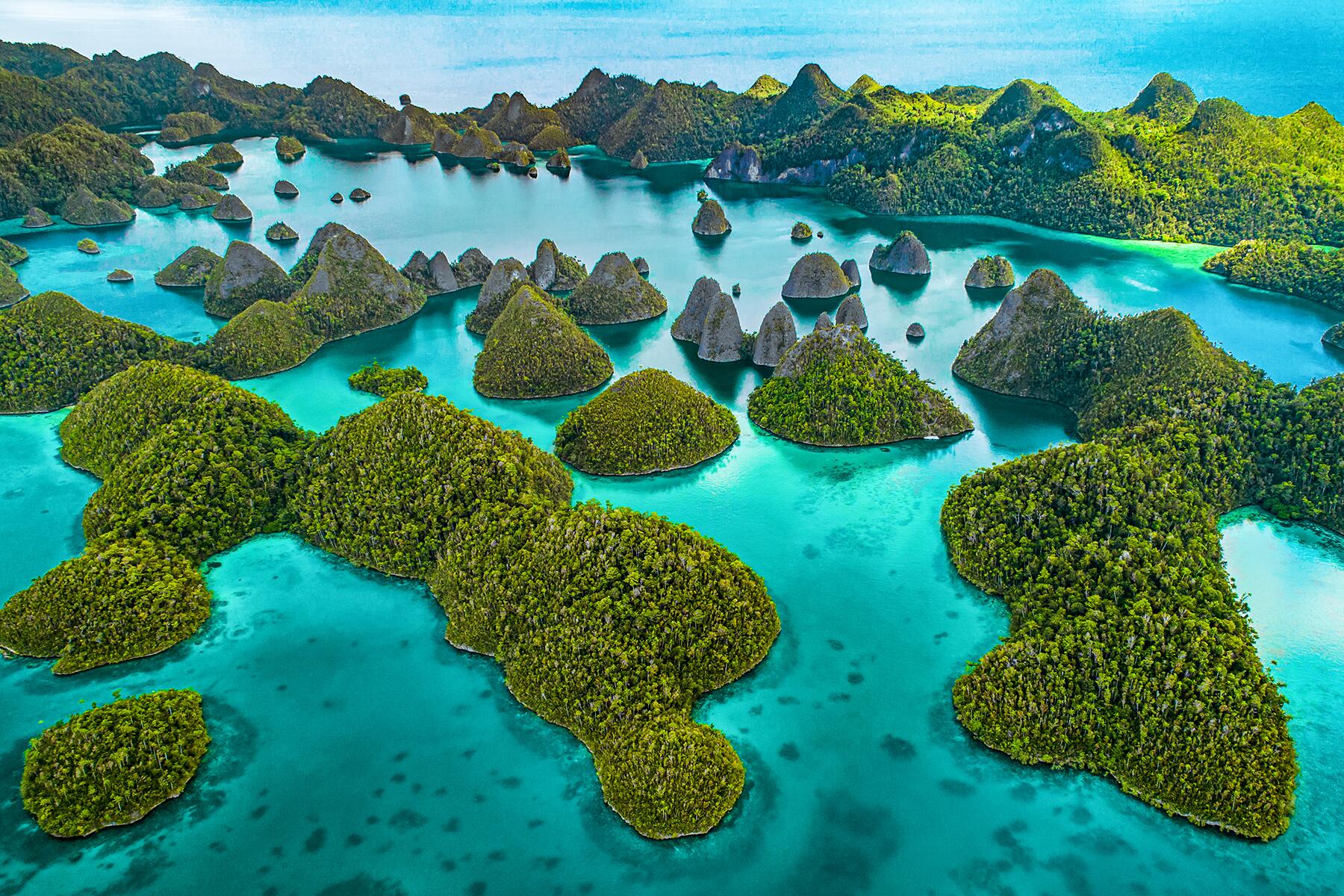
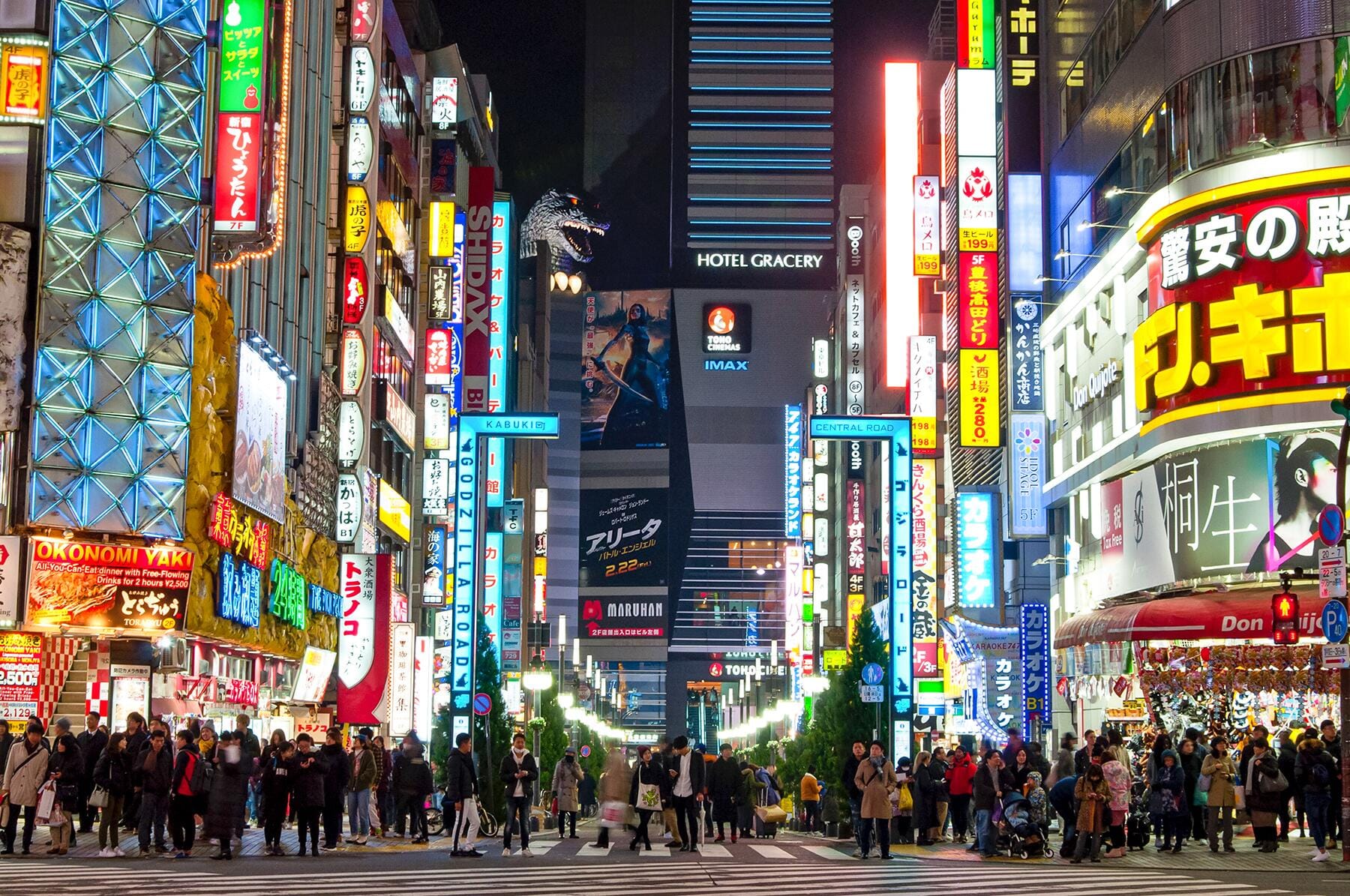
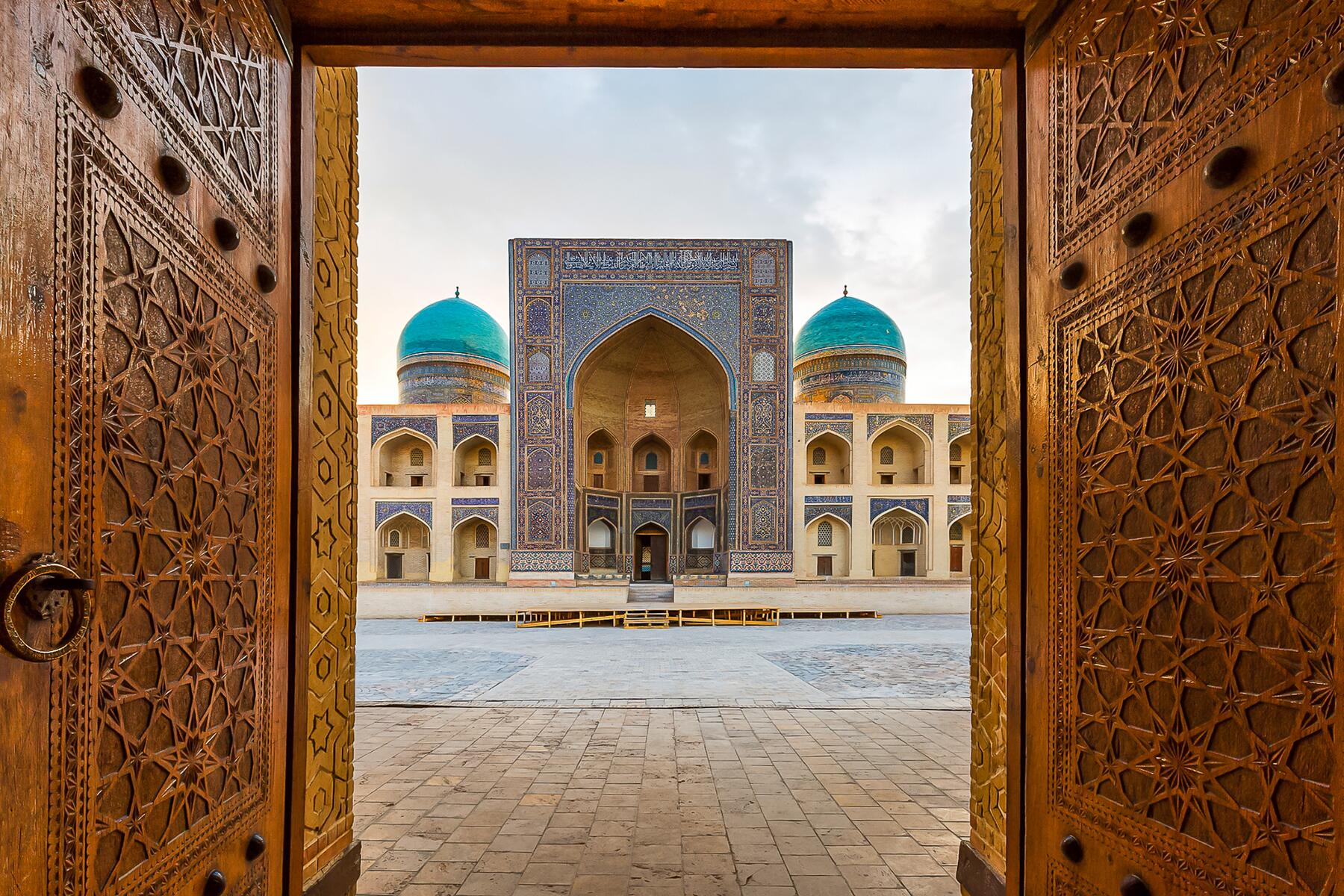
-
Hoi An, Vietnam
![]()
-
Jaisalmer, Rajasthan, India
![]()
-
Luang Prabang, Laos
![]()
-
Macau, China
![]()
-
Raja Ampat, Indonesia
![]()
-
Tokyo, Japan
![]()
-
Uzbekistan
![]()

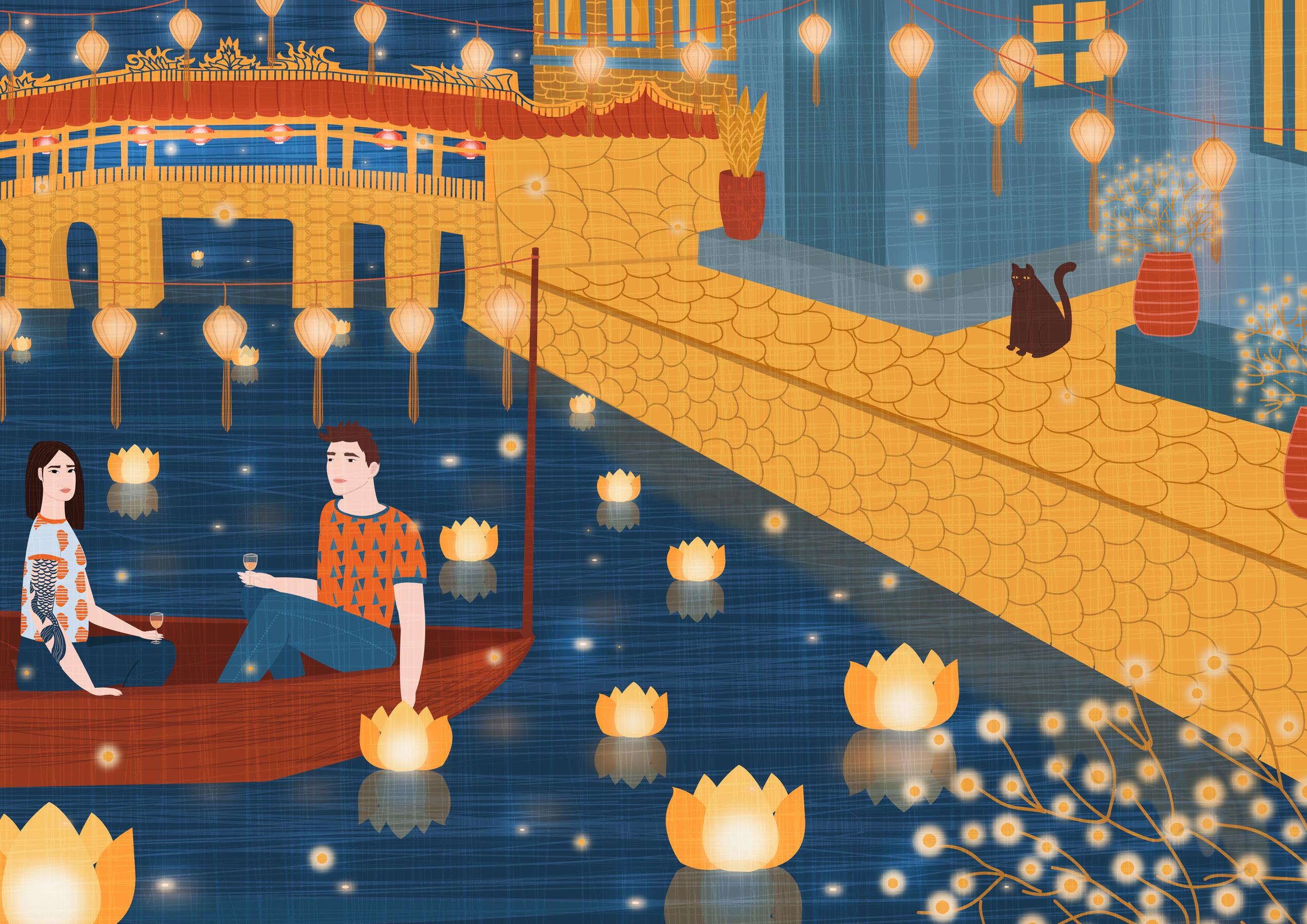
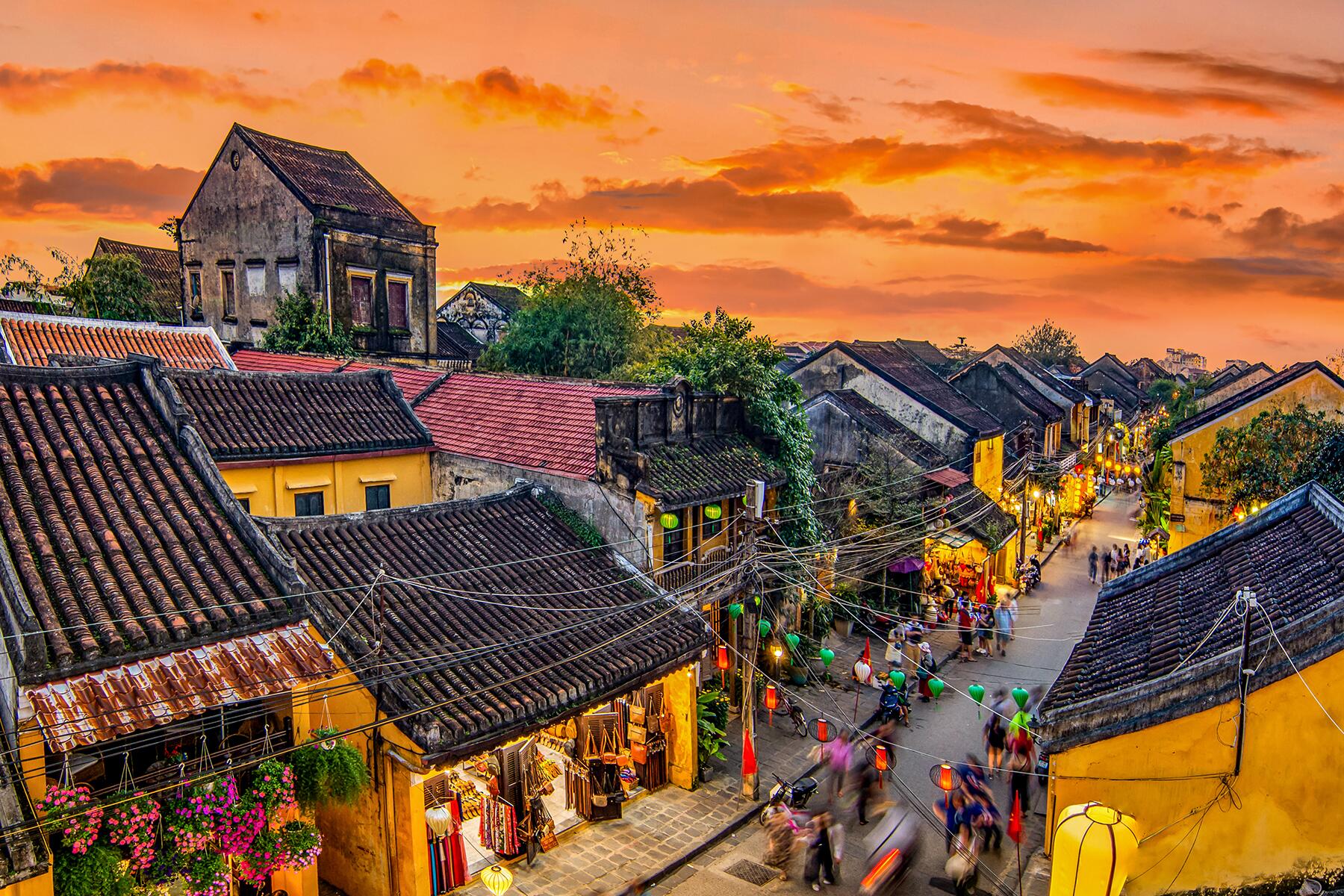
Hoi An
Vietnam
The world is finally catching on to Hoi An. Colonial-era architecture, market-fresh food, pristine coastline—the historic port town on the central coast of Vietnam has got it all. An Instagrammer’s paradise, Hoi An offers no shortage of postcard-worthy scenes, from a sea of rainbow-hued silk lanterns that light up the streets every evening to countless 18th-century merchant houses, ancient assembly halls, al fresco restaurants and bars, and sun-kissed beaches nearby. A wander through the little lanes of Old Town, named a UNESCO World Heritage Site in 1999, is all it takes to fall in love with Hoi An. In these pedestrian-friendly streets, foliage falls like water from the rooftops, while friendly vendors hawk bespoke leather bags, beautifully tailored silk suits, freshly pressed juices, and locally roasted coffee. Adding to the allure, many of the historic merchant houses have been transformed into contemporary bars, boutiques, and restaurants. Check out favorites like lifestyle shops Sunday in Hoi An or Ô Collective for boho fashion and homeware, and cool off with a tipple at Q Bar or the ever-popular White Marble Wine Bar. To get a taste of Hoi An’s famous food scene, pull up a seat at institutions like Little Faifo (where you’ll be spoiled with ultra-fresh dishes piled high with market herbs), Banh Mi Phuong (proclaimed the “world’s best” banh mi by the late Anthony Bourdain), or Green Mango for an opulent French spin on Vietnamese cuisine. Adding to the variety, recently opened Co Mai—opened by acclaimed French chef Didier Corlou—guides diners through a Vietnamese tasting menu inside a 200-year-old wooden house, while new-to-town Tadioto serves up ramen, sushi, and Japanese whiskey in a speakeasy-like setting.
Riding Hoi An’s wave of momentum, several hotels are ready to debut in 2020, including swanky beachfront resorts like the Akyra Beach Resort, TUI BLU Nam Hoi An, and Viceroy. Stalwart luxury outfits like the Four Seasons Resort The Nam Hai ensure you’re never far from a chilled glass of rosé and a lifetime’s worth of wellness experiences. But you don’t have to spend a fortune to enjoy the good life. Budget accommodations like Vinh Hung Library Hotel provide great bang-for-your-buck accommodations near Old Town.
Hoi An sees a dramatic monsoon season from October to January every year. During that time, it’s possible to encounter flooding, so we’d recommend skipping the rainy season, and instead visiting from February to April for a better chance of sunny skies.
Insider Tip
Cycling is one of the best ways to explore the area. Pedal through the leafy streets of Old Town at your own pace or zip into the wide-open countryside on a motorbike. Local tours like Vespa Adventures will guide you around rural Cam Nam Island, where you’ll encounter glistening rice paddies, farms, and water buffalo galore. More of an ocean explorer? To the east, sunseekers can stretch out along An Bang Beach or dive around the coral-fringed Cham Islands, just off the coast.

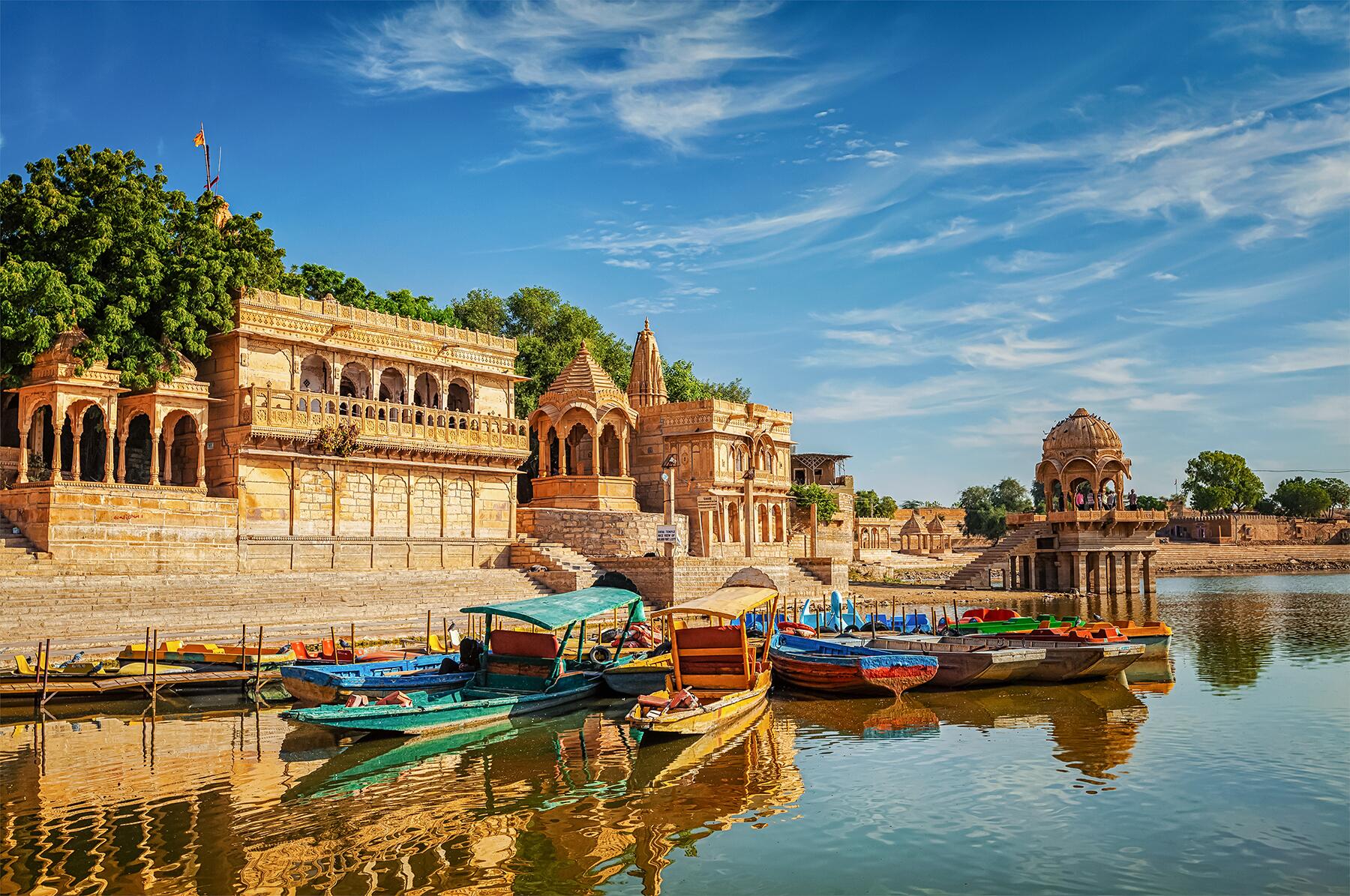
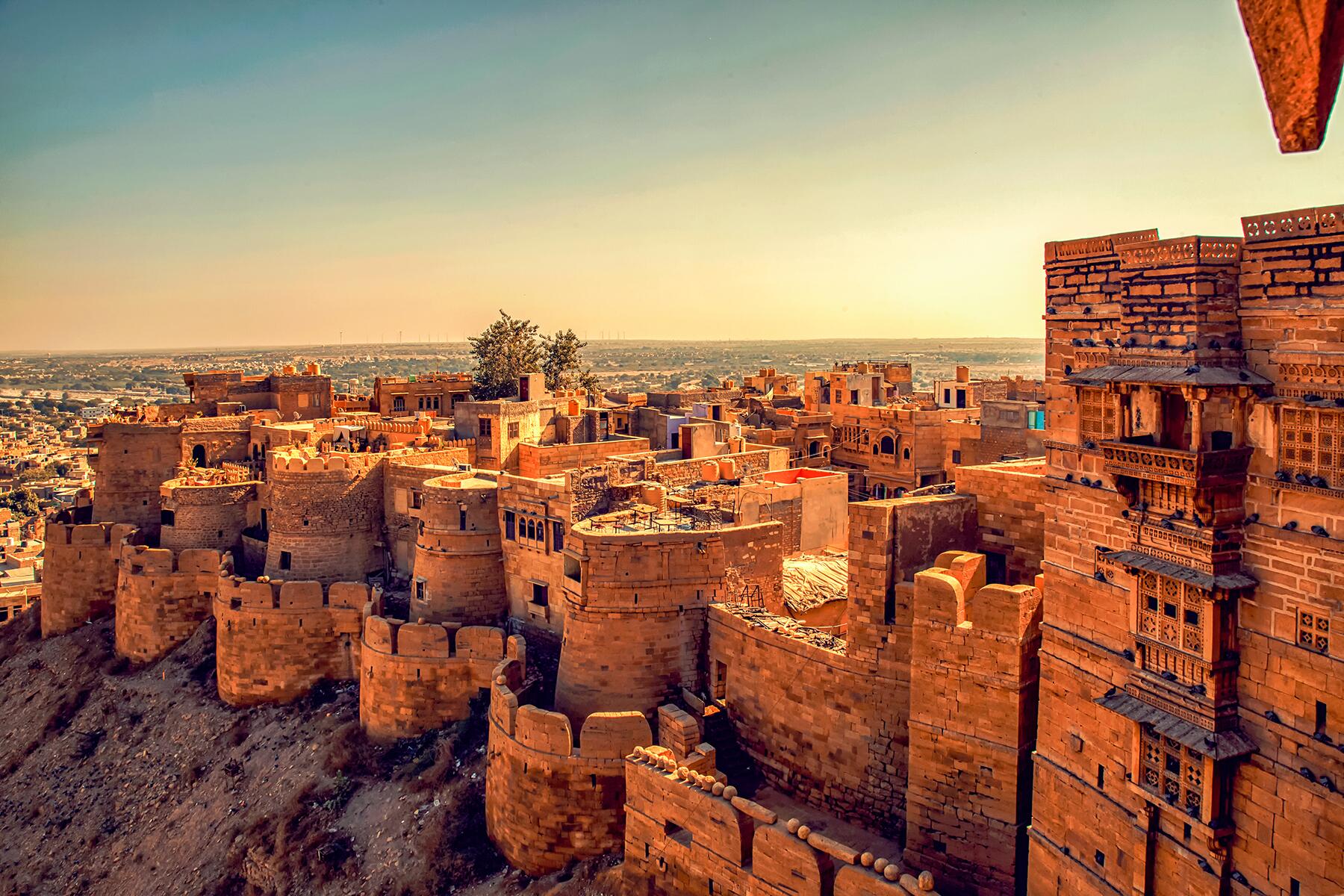
Jaisalmer
Rajasthan, India
If seen from a distance, the remote desert city of Jaisalmer could easily resemble a sandcastle, with its golden mass of winding old streets crowned by the massive, and aptly named, Golden Fort (Sonar Qila), which dates to the 12th century. While the fort certainly dominates the Jaisalmer skyline, this desert city offers plenty more, from a set of five beautifully preserved mansions known as the Patwon-ki Havelis to the opportunity to hop on a camel for a safari into the Thar Desert. For many years, the only way to visit Jaisalmer involved spending many hours on a train or in the back of a long-distance bus or taxi. However, new commercial flights between the city and other major Indian hubs have made magical Jaisalmer more accessible than ever before.
Jaisalmer is full of elegant, historic properties at a variety of price points. If you’re on a budget, Nachana Haveli offers amazing value, occupying an 18th-century haveli (city mansion) run by descendants of the founder of Jaisalmer. Alternatively, Suryagarh, an ultra-luxury palace hotel in its own quiet strip of desert on the outskirts of town, is worth a splurge.
Jaisalmer’s high season runs from October through February, when temperatures are cooler, but you’ll get cheaper lodging and fewer crowds if you visit during the hotter off-season (April-June).
Insider Tip
Jaisalmer’s desert scenery is among its biggest selling points, and it’s worth getting out to the Sam Sand Dunes for a camel safari. Sunset visits are available for those short on time, but if you can spare a night, it’s worth booking an overnight safari for the chance to sleep in a traditional desert camp.

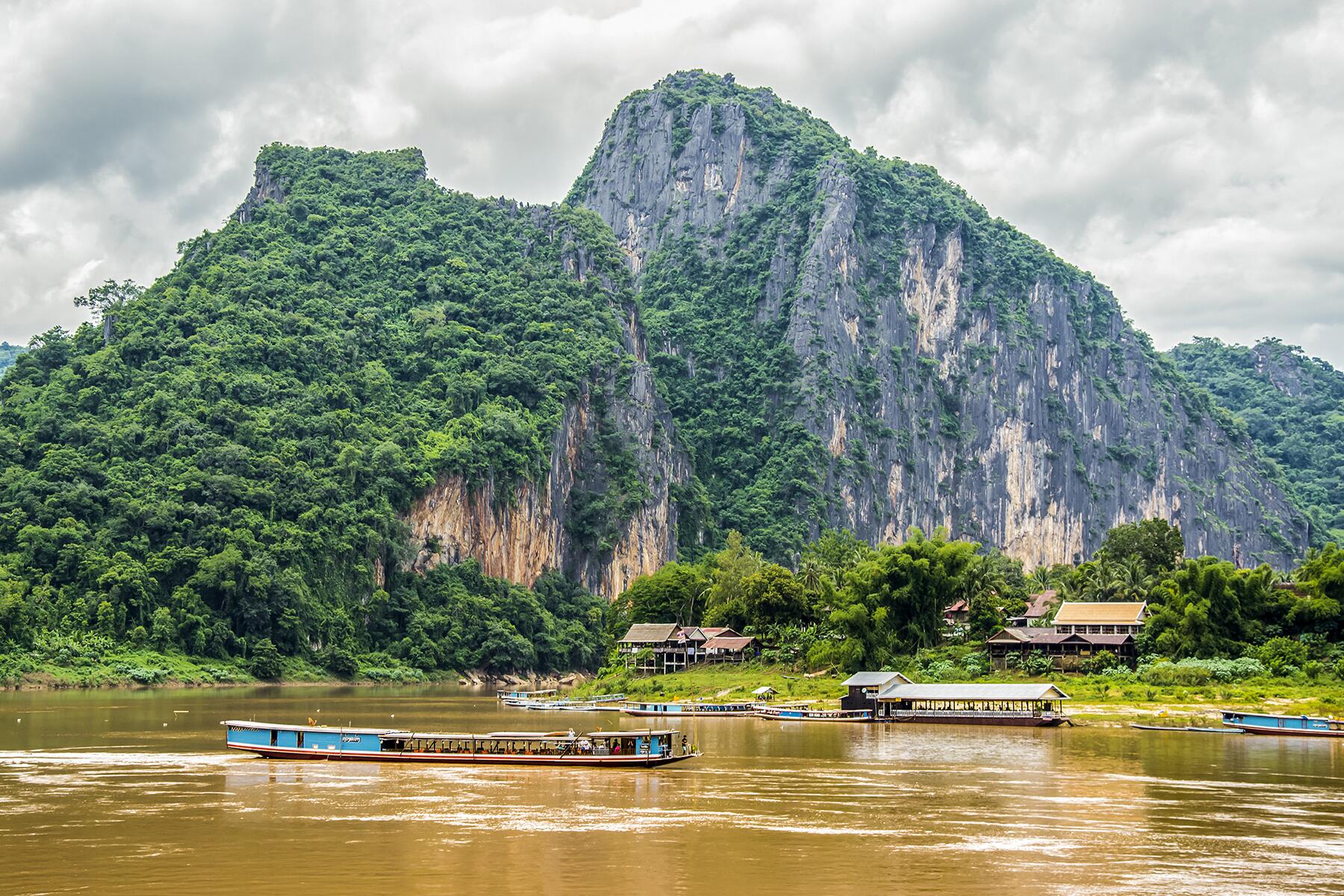
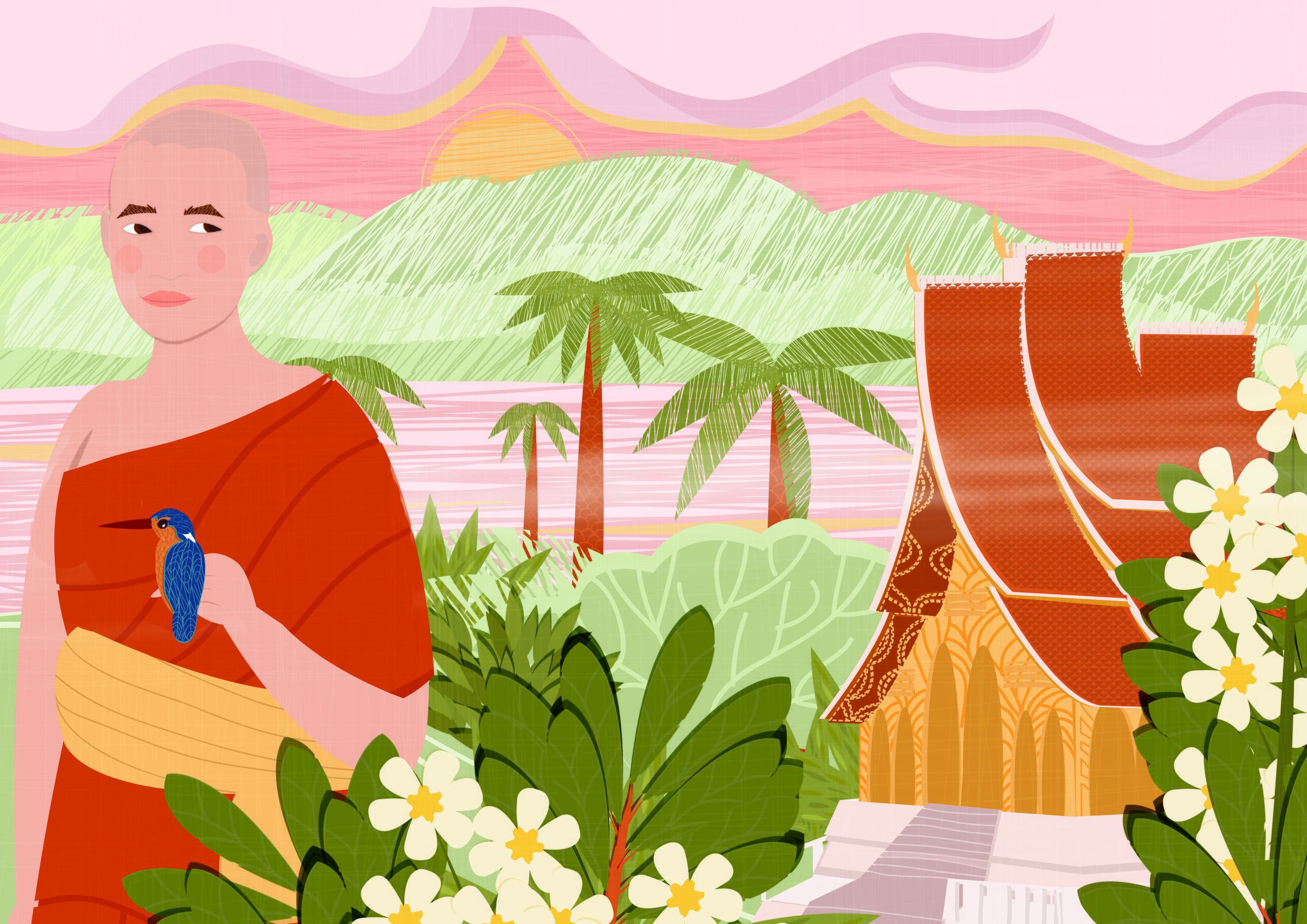
Luang Prabang
Laos
In the quiet, northern reaches of Laos, Luang Prabang boasts a beautiful convergence of Laotian and French colonial architecture along with an abundance of Buddhist temples. Every morning, local monks traverse the city collecting alms from locals and visitors in a moving ceremony, and travelers with an interest in Buddhist traditions and art will find plenty of ways to keep busy in this sleepy town. The most impressive of the town’s many wats (temples), Wat Xieng Thong dates back to the 16th century and has survived numerous invasions over the centuries, while the equally antique Wat Visun houses an extensive collection of Buddhist statuary. At the heart of the old city is the Royal Palace, a royal abode-turned-museum full of period decor and royal ephemera; it’s worth sticking around for an evening Ramayana performance by the Royal Ballet Theatre. Don’t miss the chance to take a sunset stroll through the Night Market, which materializes every evening along the main thoroughfare. Here you’ll find a hodgepodge of artisan goods and Laos-themed tchotchkes along with all sorts of street food vendors serving up everything from curries to coconut donuts.
Among the most elegant options in town (and there are many), the Sofitel Luang Prabang was launched in 2016 in the former governor’s residence and boasts large suites and villas with four-poster beds and Laotian art. For boutique ambiance at budget prices, the intimate Aspara features Gallic elegance and Mekong River views with a lovely little restaurant on the ground floor.
The best time to visit Luang Prabang is during the cooler, drier season that runs from October through April (though this also means more crowds).
Insider Tip
If your hotel doesn’t have a pool (or you just want to spend some time out in nature), head out to the terraced Kuang Si Falls, a short drive from town. Along with three levels of aquamarine waterfall pools, you’ll find changing rooms, food stalls, coconut vendors, and even a bear rescue center.


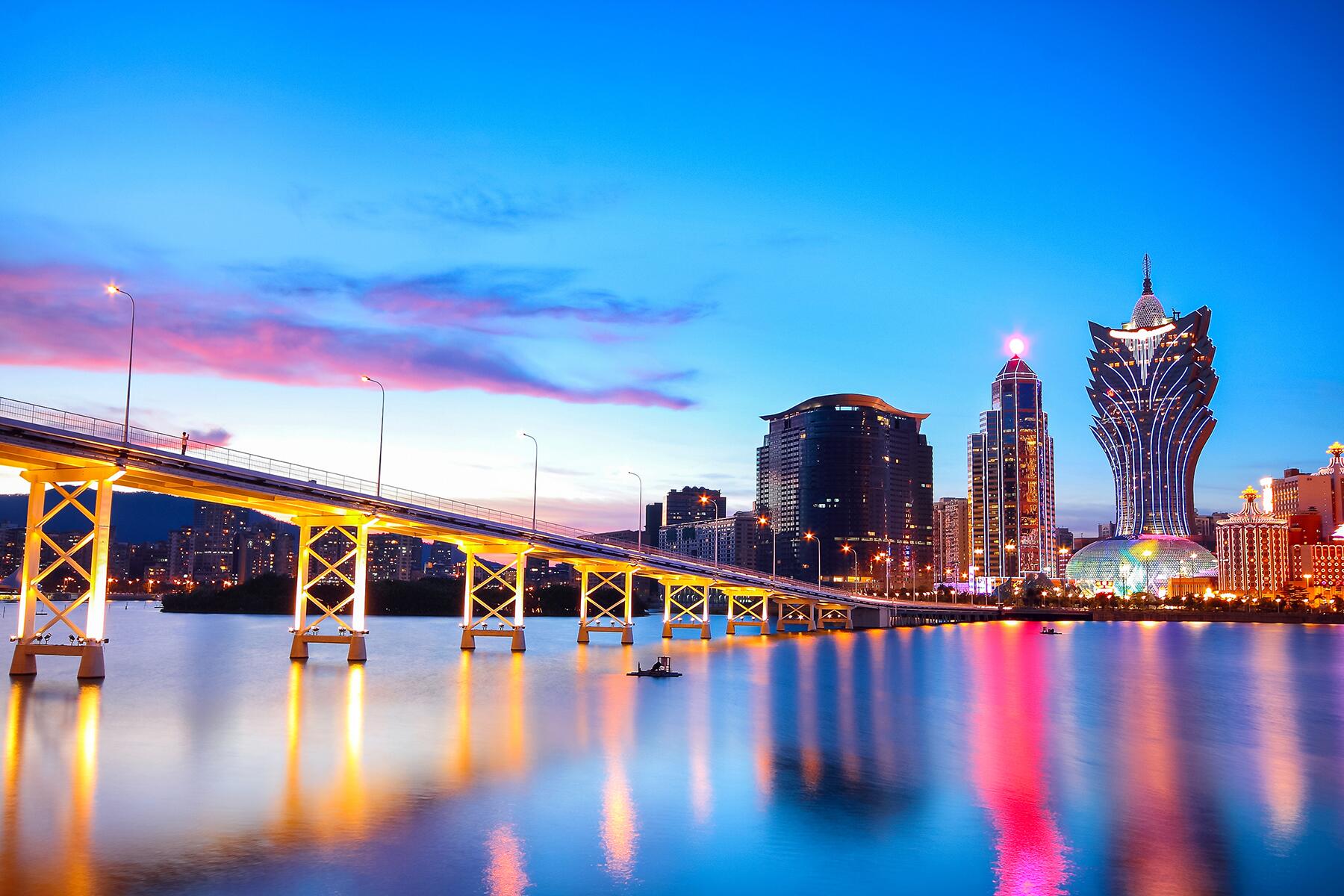
Macau
China
Macau is most often associated with its status as the casino capital of the world, having eclipsed Las Vegas in revenues more than a decade ago. But there’s much more to this special administrative region than baccarat and blackjack. A former Portuguese territory between 1557 and 1999, the Special Administrative Region of China has managed to safeguard its unique blend of Eastern and Western cultures despite its astronomical rise. Multiple languages—Portuguese, Cantonese, English and, increasingly, Mandarin—still adorn menus and signs, while the UNESCO-listed Historic Centre of Macau oscillates between cobblestone streets and Baroque-style churches, elaborate Chinese residential complexes, traditional pawnshops, and countless Buddhist temples. The compact territory measures just under 13 square miles, so you can easily absorb the highlights in a day or two—among them, don’t miss the Ruins of St. Paul’s Cathedral, Guia Fortress and Lighthouse, Senado Square, and A-Ma Temple on Macau’s main peninsula. Across the water, Taipa Village reflects Macau’s evolving identity through its cobbled streets, food stalls, modern cafes, and chic design boutiques. For glitz and glamor, head south to the Cotai Strip for mind-boggling hotels, including recent additions like MGM Cotai and Wynn Palace, joining the Venetian Macao, which opened in 2007. This is also where you’ll find Macau’s larger-than-life entertainment: The longest-running and most ambitious show is The House of Dancing Water, though international concerts and performances freshen up the calendar. Named a Creative City of Gastronomy by UNESCO in 2018, Macau draws a foodie following for its Macanese cuisine—a melting pot of influences from Portugal, Malaysia, Indonesia, Africa, and China. Get your fill of local staples like African chicken and bacalhau (dried cod) at rustic restaurants such as Restaurante Espaco Lisboa, A Lorcha, and Litoral. Then treat yourself to a flaky egg tart from famed Lord Stow’s Bakery’s—just like the pastel de nata you’d find in Lisbon.
There’s a hotel for every type of traveler in Macau, from the ultra-luxe Morpheus hotel (a sinuous, architectural beauty by the late architect Zaha Hadid) to family-friendly guesthouses, such as freshly renovated Pousada de Mong Ha (due to re-open in early 2020). New hotels are constantly cropping up, with yet another big-hitter, Londoner Macao, coming soon.
Local Weather
Macau is one of the most popular destinations for mainland Chinese travelers, so it’s crucial to avoid national holidays, otherwise, you’ll find yourself fighting for elbow room and paying top-dollar for hotels. Instead, we’d recommend visiting during November, December, or January (be aware of Chinese New Year) for a more relaxing experience.
Insider Tip
The recently opened Hong Kong–Zhuhai–Macau Bridge has been heralded as an engineering marvel, and as the world’s longest sea-crossing, it’s nothing to sneeze at. However, it won’t save you much time should you be visiting Macau via Hong Kong, which is the common route for international travelers. The most pleasant way to reach Macau is still via ferry (about one hour from Hong Kong).

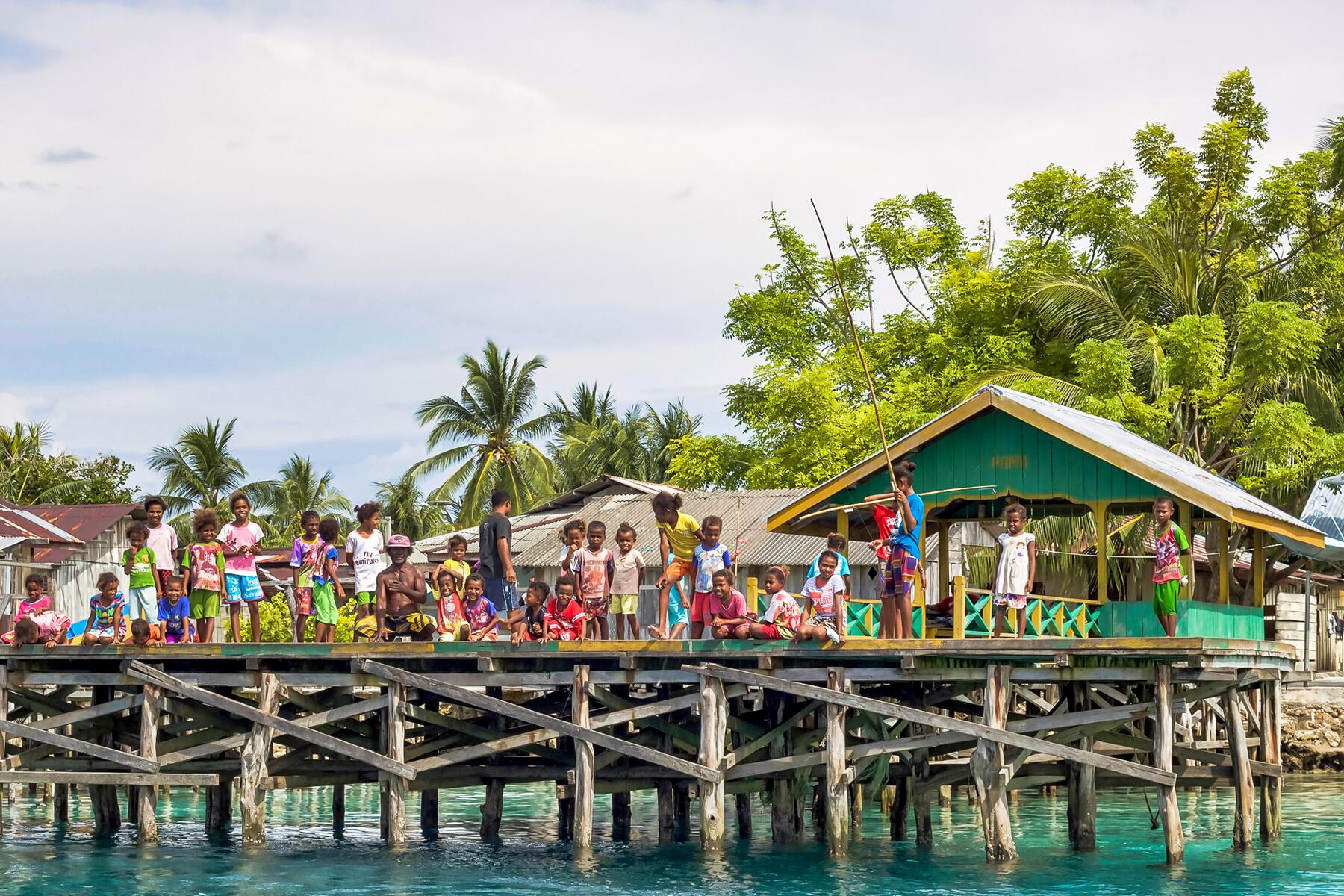

Raja Ampat
Indonesia
We’re not yet ready to say “move over” to beloved Bali. But much farther east in the Indonesian archipelago, in West Papua (a four-hour flight from Jakarta), the islands of Raja Ampat are giving intrepid travelers good reason to set their sights further afield and hone in on the Coral Triangle—a region that’s at the bullseye of the planet’s marine biodiversity. In the Raja Ampat archipelago, karst islands—similar to those you’ve likely seen in screensaver images—rise from turquoise waters so luminous they appear to be lit from beneath. There are four main islands, but a total of 1,500 other islands, cays, and shoals are also part of Raja Ampat. And all that warm, blue water makes for a striking contrast with dripping green jungle landscapes on land. But where Raja Ampat (the name means Four Kings) really makes jaws go slack is below the waterline, where pristine hard corals appear much like they always have since the beginning of time. Coral reefs—unbroken, for the most part, and staggeringly healthy—are adorned with a never-ending carousel of tropical fish that will make you feel like anyplace else you ever snorkeled was just joking. Scuba divers have Raja at the top of their wish lists. But even if you’re not scuba certified, shallow “house” reefs that fringe most island resorts here can be enjoyed at snorkel-able depths. Small ship cruise lines and private charter operators like Rascal Voyages, which operates a teak yacht with just five luxurious suites, have recently made the islands accessible to non-divers who come for the chance to snorkel with whale sharks and mantas and dive into local culture, too, at hidden Papuan villages along the route. And Aqua Expeditions’ first coastal ship, the 15-suite Aqua Blu, launches in November 2019 and offers seven- and 12-night sailings in Raja Ampat between December and February. If you’re looking to step out of the box with exotic tropical travel this year, look to Raja Ampat.
Overwater bungalows from which you can step down into clear waters and swim to coral reefs that are nothing short of shocking in their pristine beauty await at Papua Paradise Eco Resort. The property occupies its own private island and has onsite PADI Dive Center where you can get certified in case you neglected to check that box before venturing here. Farther south in Raja Ampat, on another idyllic island, Misool Eco Resort has cottages and bungalows built from reclaimed materials and dives deep into local conservation efforts with projects that protect the reefs while empowering local communities at the same time with the property’s solar farm and electric boats.
Raja Ampat is a year-round destination, but the dry season between October and April is the most pleasant time to visit.
Insider Tip
If all you want to do is dive, dive, dive, you’ll cover far more underwater terrain with a trip on a “liveaboard” dive boat. The Damai II by Dive Damai is a stunningly beautiful traditional Indonesian phinisi built by master boat builders that runs week-long dive trips through Raja Ampat.

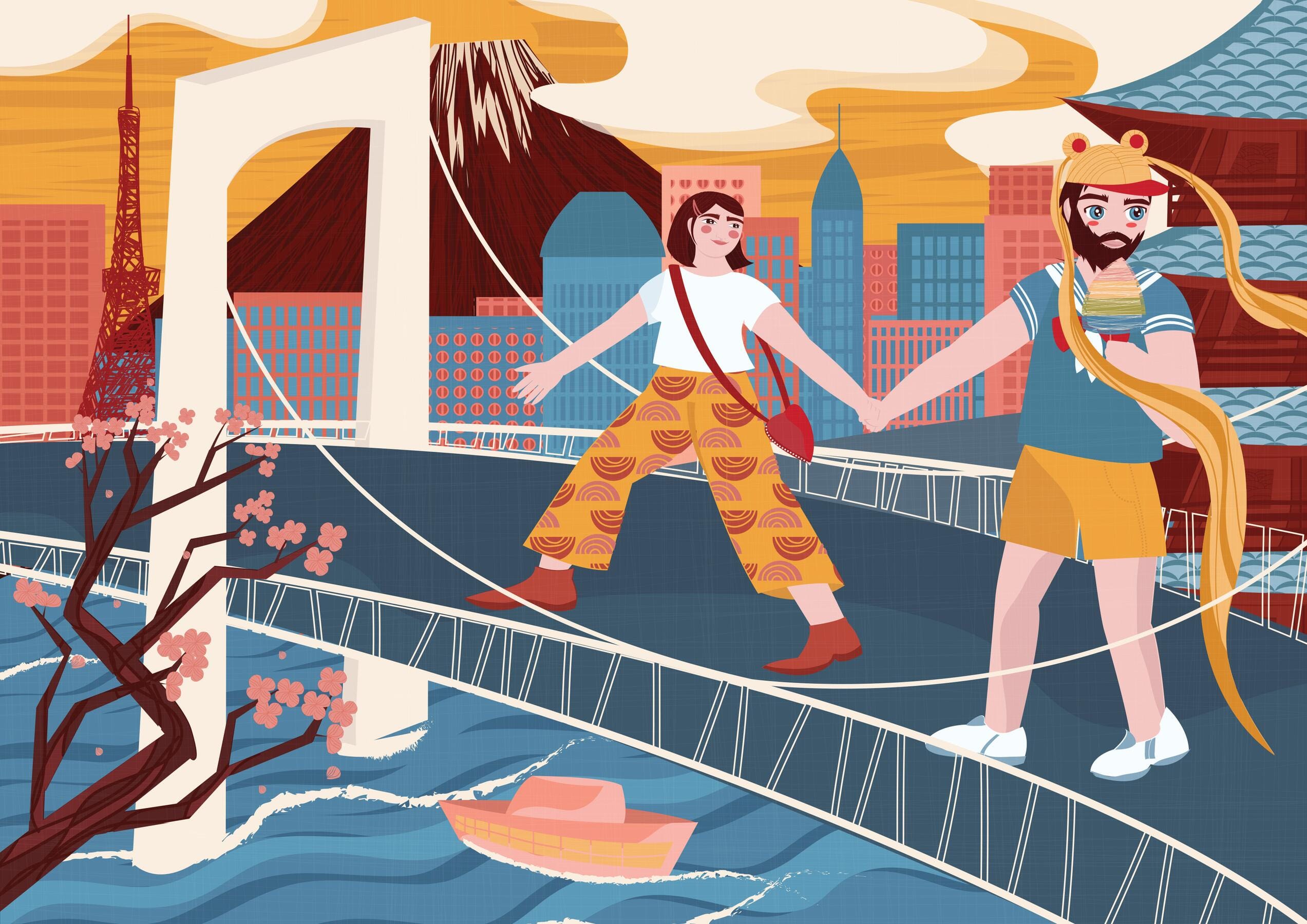
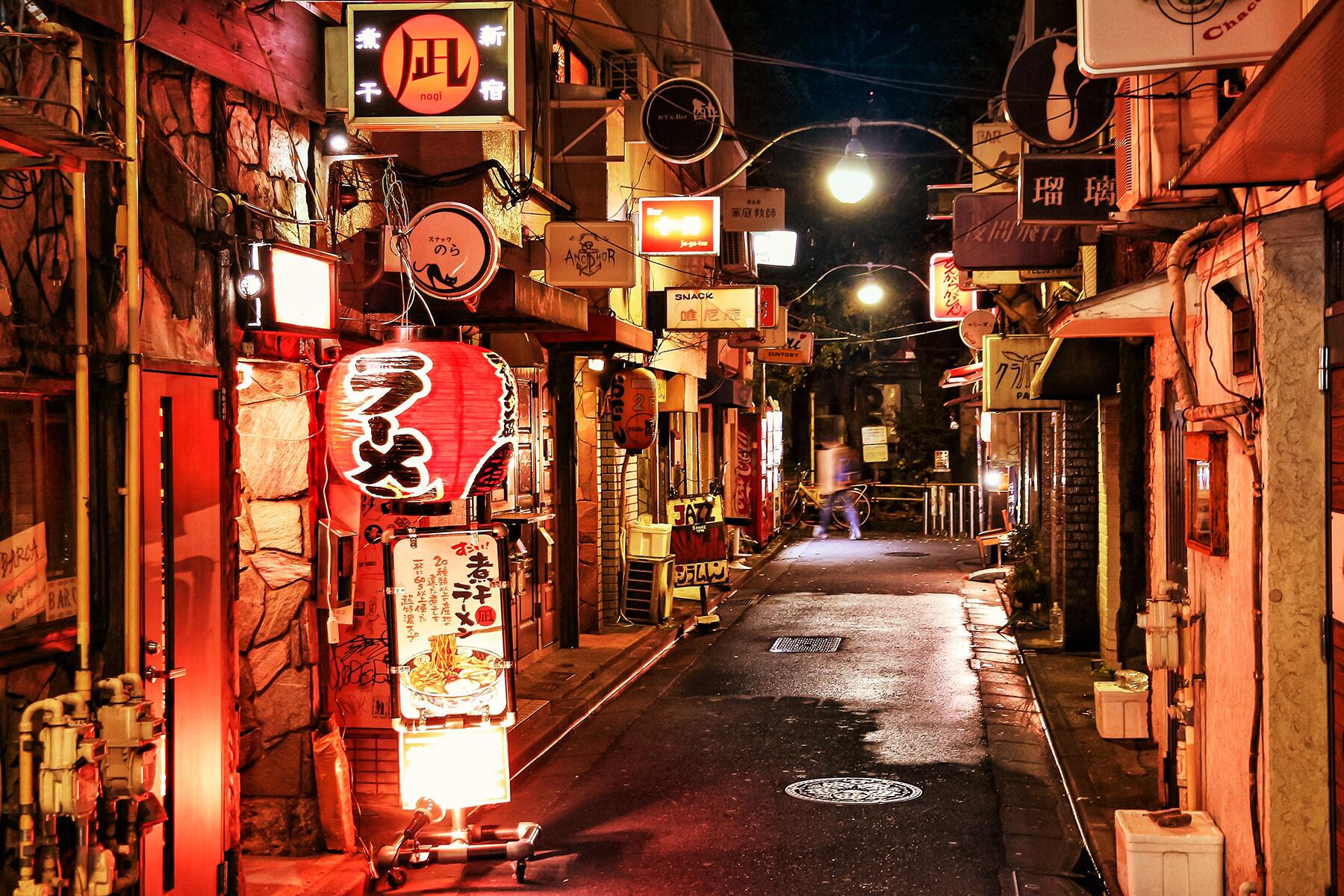
Tokyo
Japan
Wherever the Olympic Games go, the gaze of the world follows. And when the 600,000 people estimated to visit Tokyo during the summer games arrive, what they’ll discover is a metropolis brimming with just about everything a traveler could hope to encounter. Nighttime cityscapes act as a dazzling neon canopy for the ground level shrines and temples—this is a place where the sensory overload of Takeshita Street in Harajuku is mere steps from the entrance of the stately Meiji Shrine. Artful high-end dining experiences like the clever combination of French cooking techniques with Japanese ingredients at L’Effervescence are as beloved as down-to-earth late-night staples like the generously portioned bowls of udon at Tsurutontan. Quiet corners in verdant parks manage to make the ceaseless flurry of traffic fade away—it becomes as distant as another planet. Just as the Olympics challenge the limits of human achievement, so too does Tokyo challenge the boundaries of what a city can be.
Book and Bed Asakusa, which bills itself as “an accommodation bookshop,” has the affordability of a hostel and the stylishness of your favorite indie bookstore all in one, making it the ideal place to curl up with a book. If you’re looking for a home base with a few more standard amenities, Hotel Century Southern Tower’s location right next to Shinjuku Station makes it the perfect jumping-off point for exploring the city. You’re also a short walk away from a stroll through the Shinjuku Gardens or a drink at one of the many small bars that make up Golden Gai. Travelers looking for a well-appointed respite from the bustling rhythms of Tokyo should find their way to Aman Tokyo, a beautifully designed property where no detail has been overlooked, or HOSHINOYA Tokyo, which combines the traditional ryokan-style experience with contemporary high-end luxury.
Local Weather
The Olympics will be held smack dab in the middle summer (July 24 through August 9) which means it’ll be hot and uncomfortably humid, so if you’re lucky enough to score a ticket (or just want to be near the action) make sure you bring your most breathable outfits. Springtime means milder-but-still-warm temperatures and, for a week in late March/early April, the blooming of cherry blossoms.
Insider Tip
For a unique souvenir, check out Design Festa Gallery in Harajuku. This brick-and-mortar offshoot of Japan’s biggest art event provides a space for artists working across a wide array of mediums to exhibit and sell their work sans commission fees.


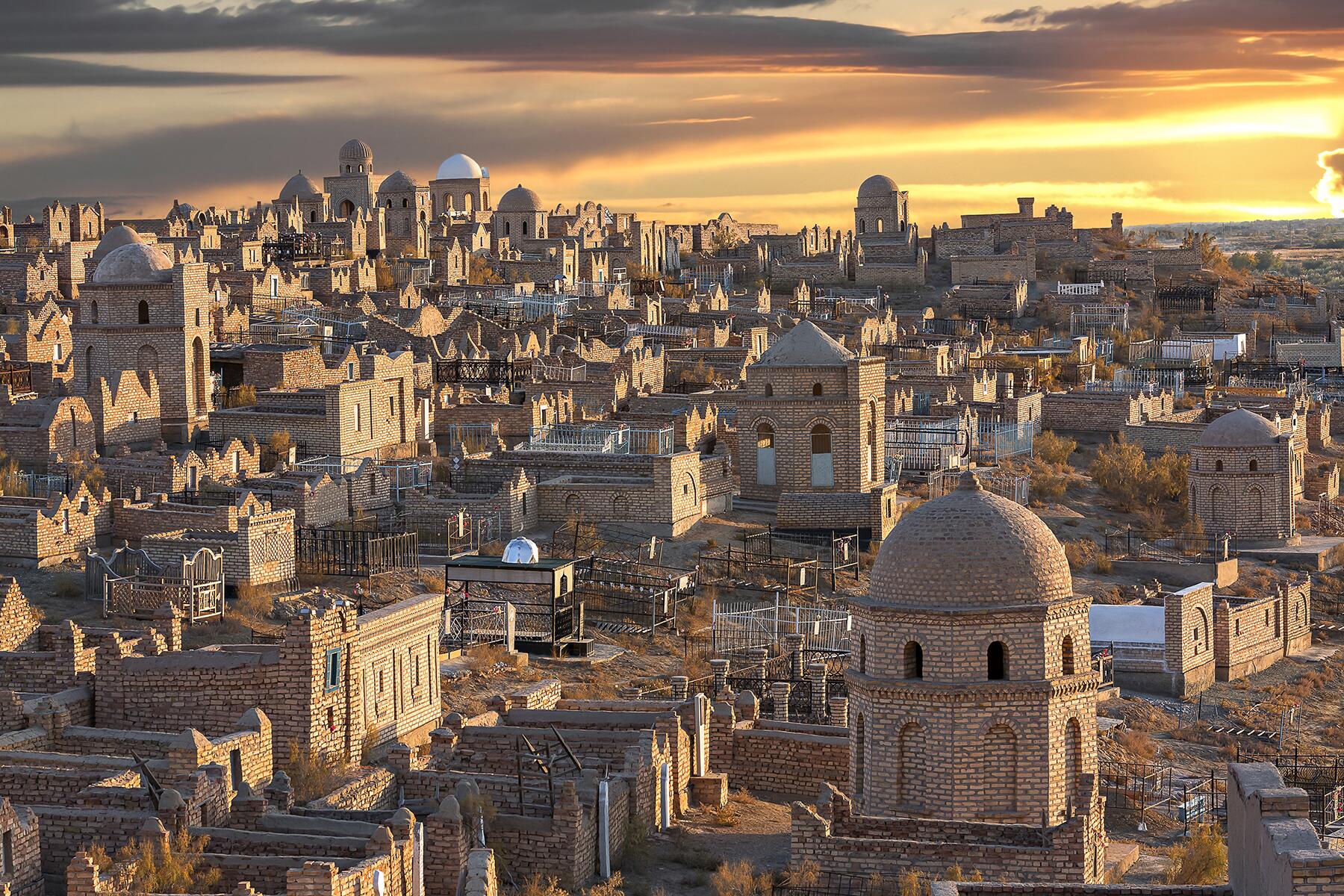
Uzbekistan
Uzbekistan’s desert oases, strung along the ancient Silk Road trading network, have been dazzling visitors for centuries. Images of Samarkand’s Registan, a complex of colorfully tiled madrassah buildings set around a central square, are reason enough to inspire frenzied trip planning, but it’s just a taste of the architectural and cultural treasures to behold in this land-locked desert nation, sandwiched between Central Asia’s other ’stans. Tashkent, the capital, is a modern city, with museums and mosques dedicated to the legacy of Amir Timur (a.k.a. Tamerlane, a.k.a. Timur the Lame), the Mongol conqueror whose military campaigns reputedly killed millions in the 14th century, as well as a Soviet-built subway in which each subterranean station is gorgeously and uniquely decorated. The triumvirate of desert cities—Samarkand, Bukhara, and Khiva—are rich with Silk Road history that spills over from mosques to palaces to fortresses. Get lost in old-school bazaars where you can shop for carpets and textiles, and make new friends through the warmth of Uzbek hospitality. After all, these cities have been catering to travelers since roughly the 6th century, when traders passed through, carrying their wares along the trade route that stretched from China to Turkey.
There are plenty of modern hotels in Uzbekistan, but you’ll want to opt for the guesthouse experience to fully appreciate the traditional architecture and hospitality. It’s well worth booking early at the family-run Antica B&B in Samarkand, with old-school guest rooms set around a garden courtyard where a delicious home-cooked breakfast is served. At Buhkara’s Lyabi House Hotel, you’ll feel like nomadic royalty while you relax on a divan by the restaurant in the tiled central terrace.
Uzbekistan is the desert, so late spring and early fall are when you’ll want to visit and appreciate breezy guesthouse courtyards and terraced restaurants. Otherwise, you’ll be dealing with blistering summer heat or freezing winters.
Insider Tip
There are enough museums, mosques, mausoleums, bazaars, and rambling desert fortifications in Tashkent, Samarkand, and Bukhara to take up at least a week. Khiva, the third desert city of the triumvirate, is the smallest and the farthest city of the typical tourist destinations, but many choose to focus on the others in order not to rush.


